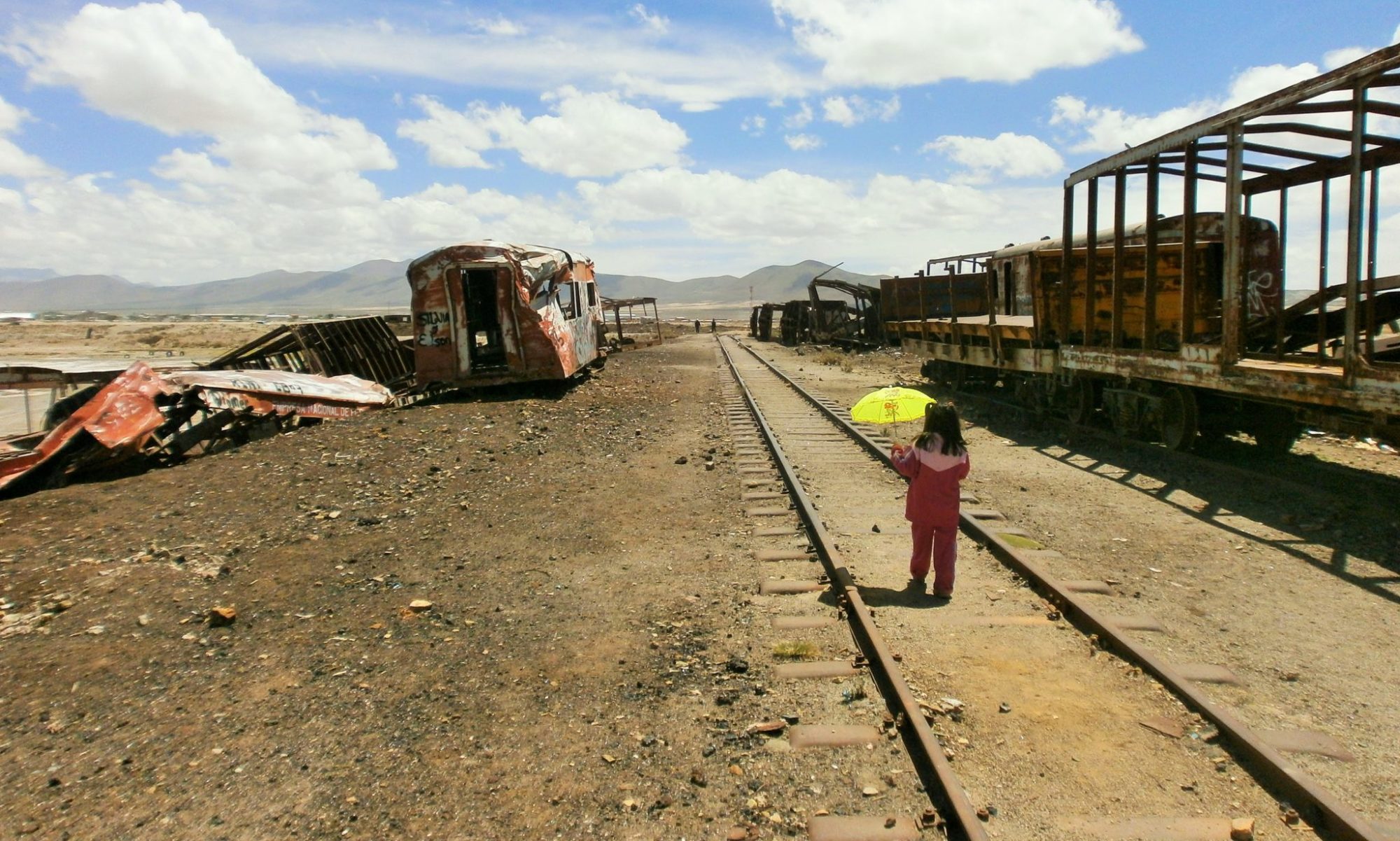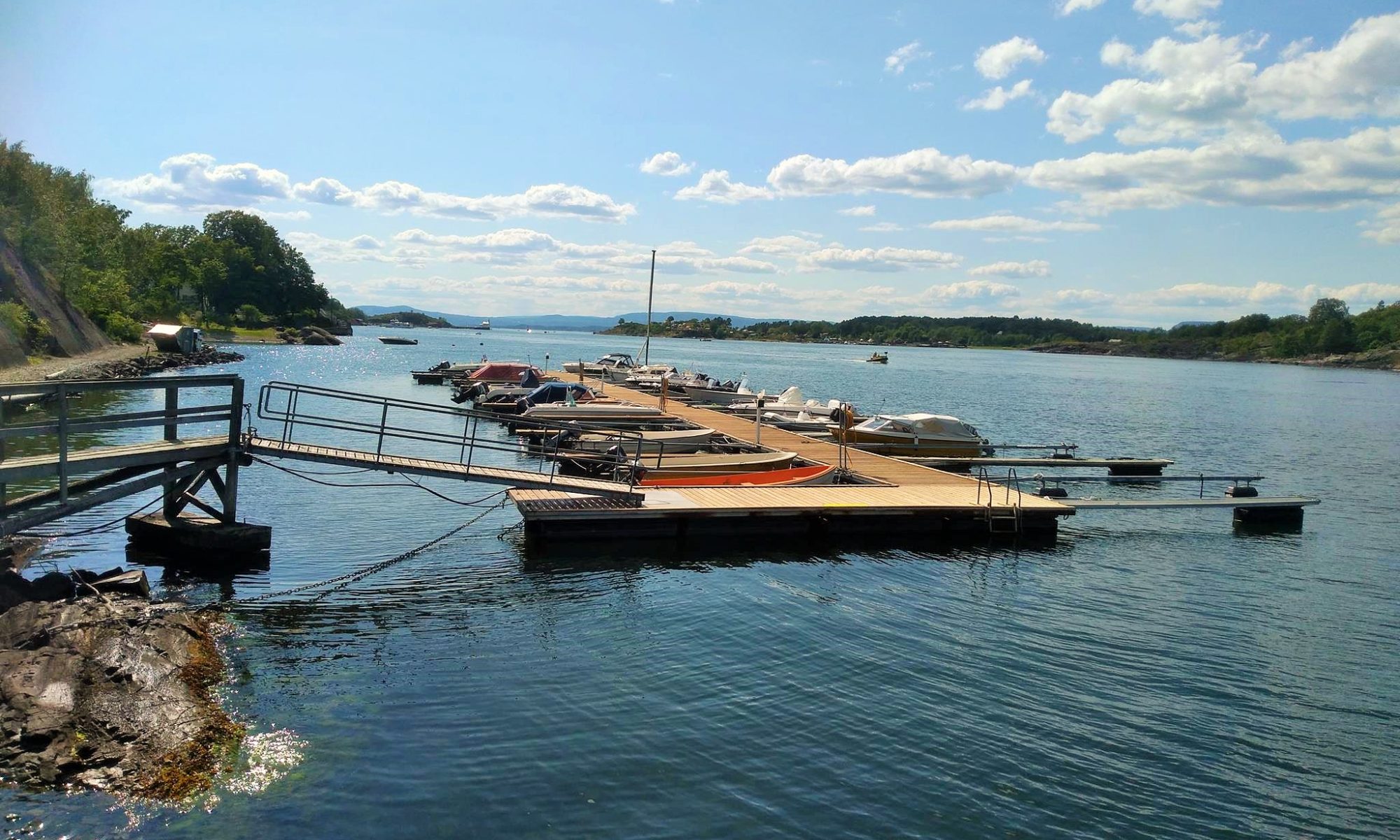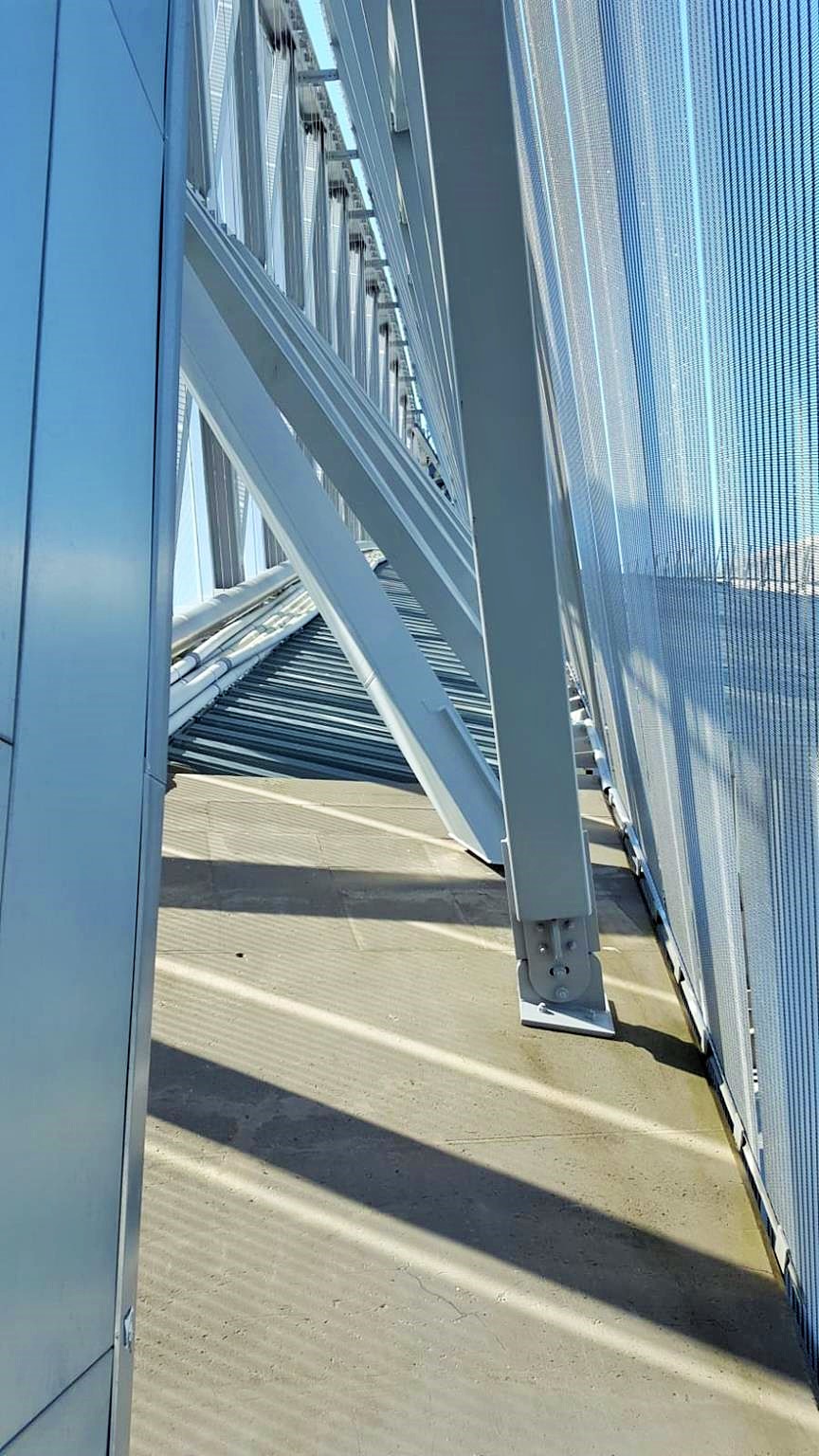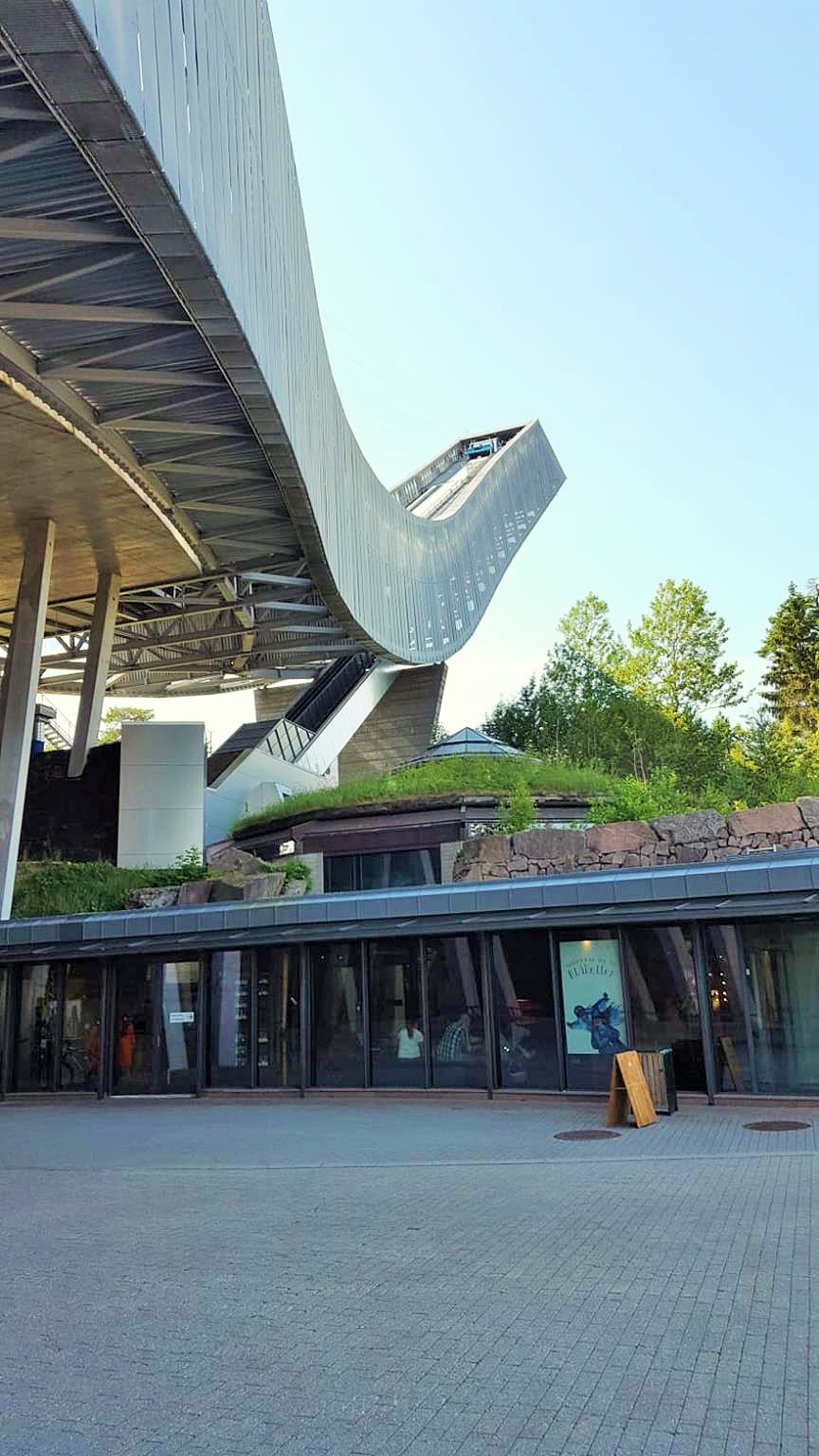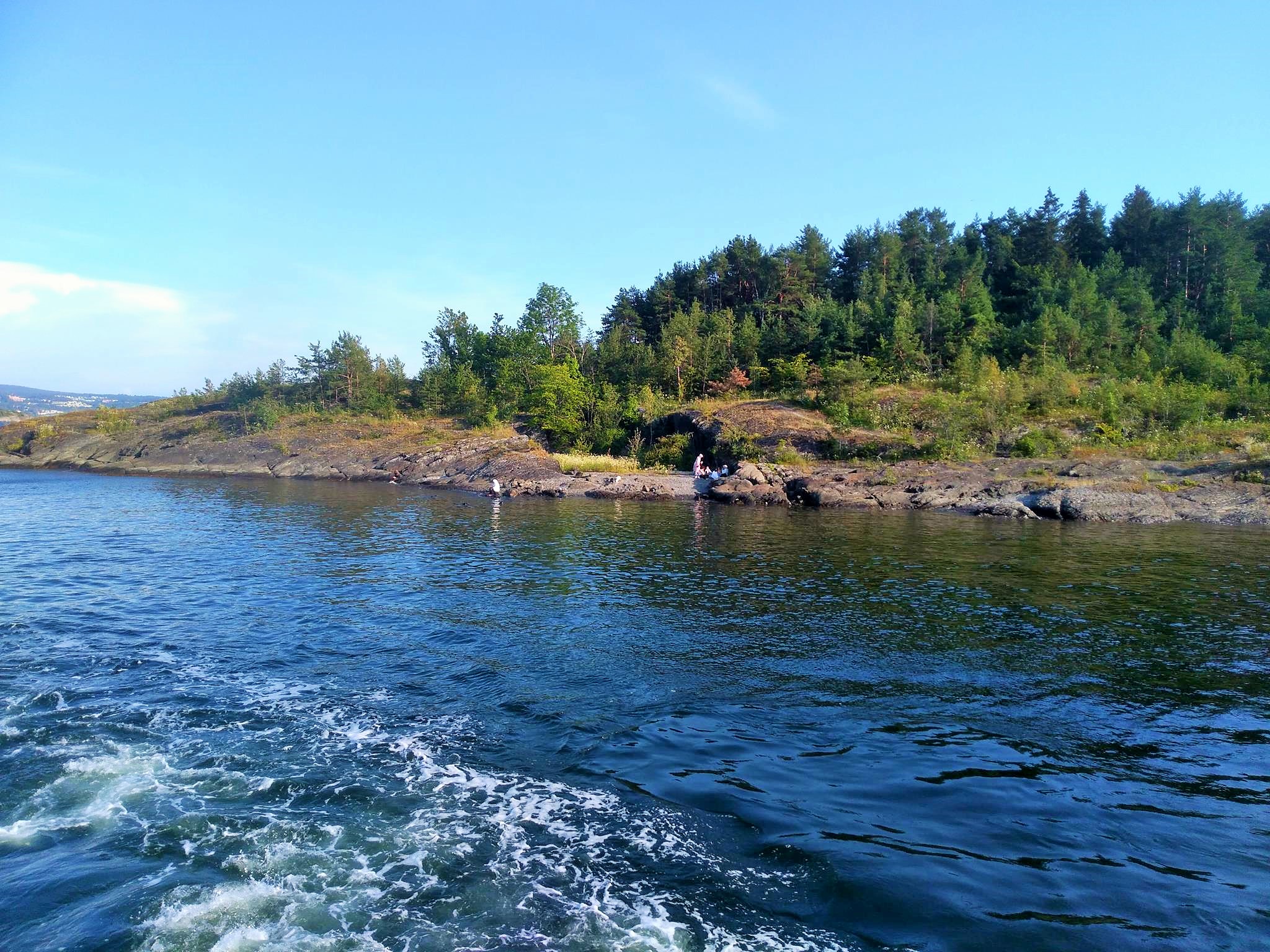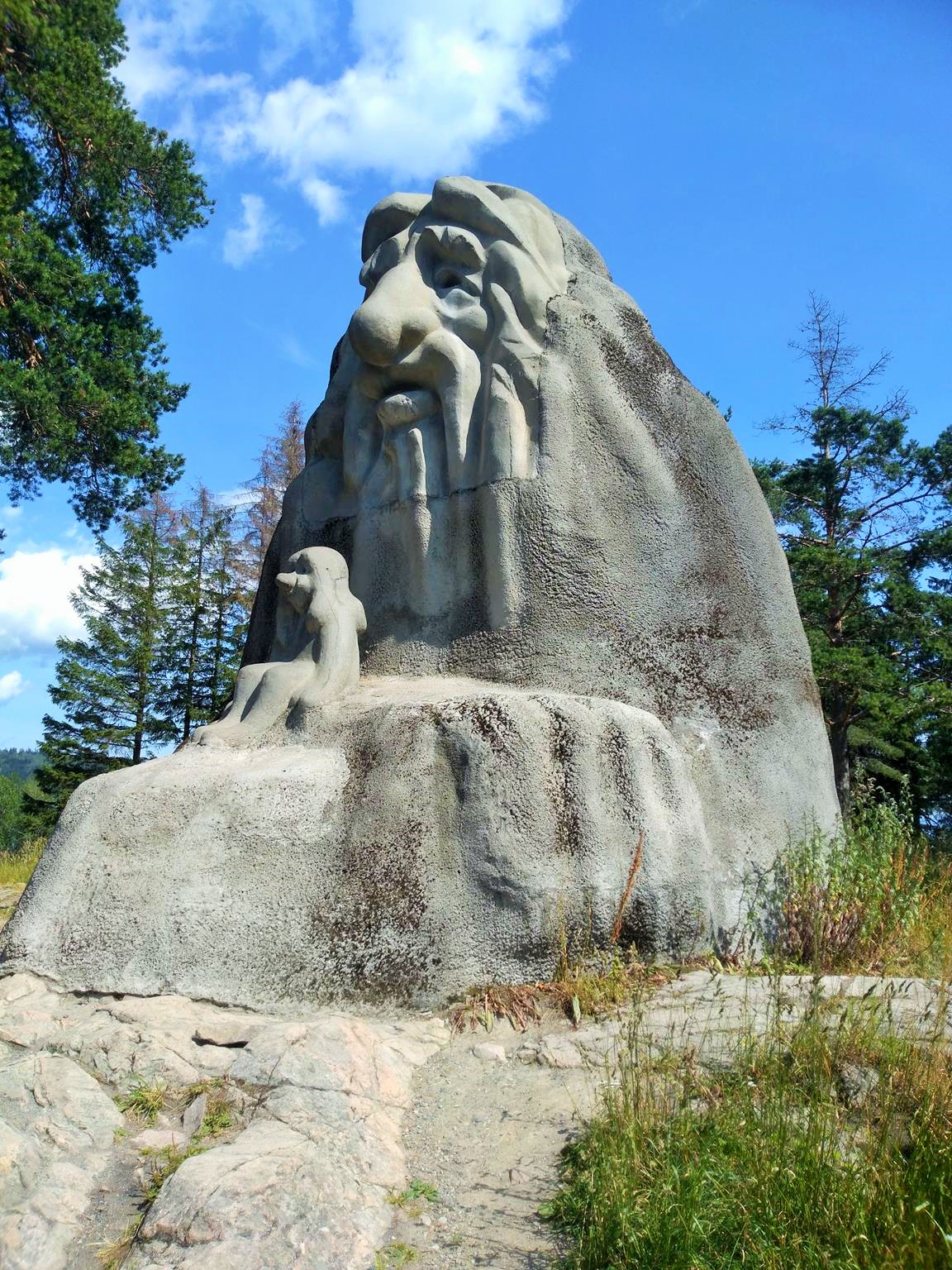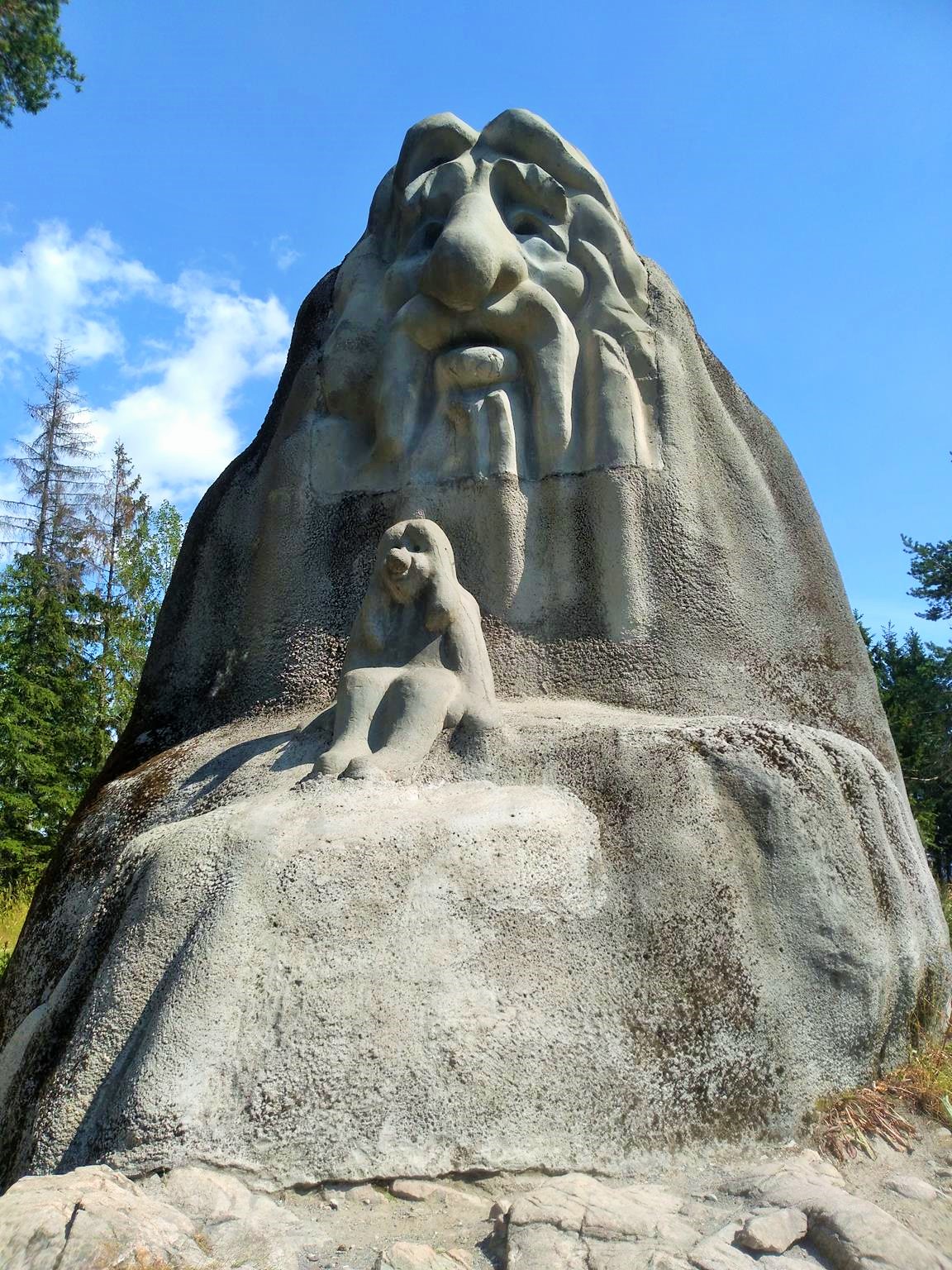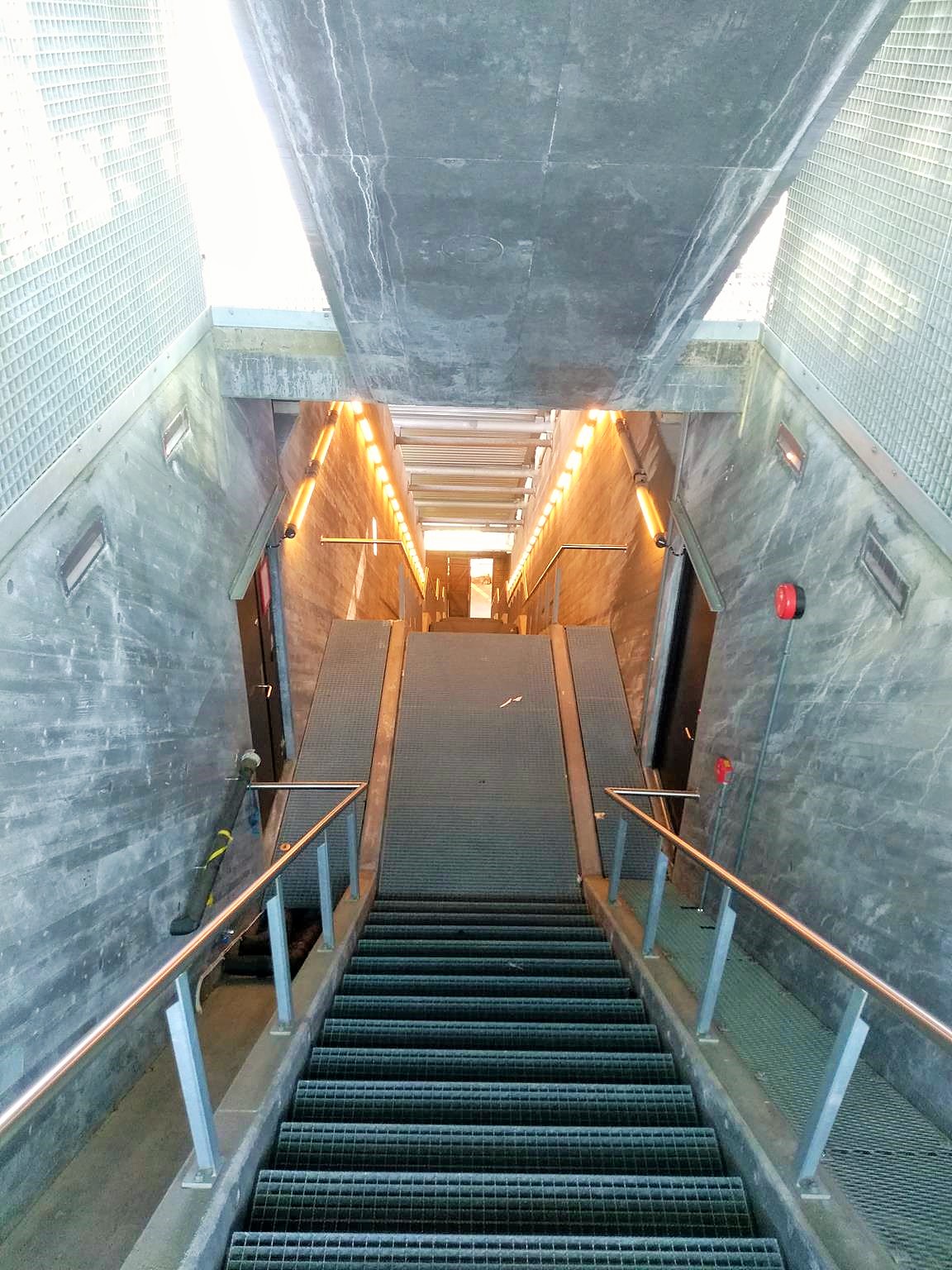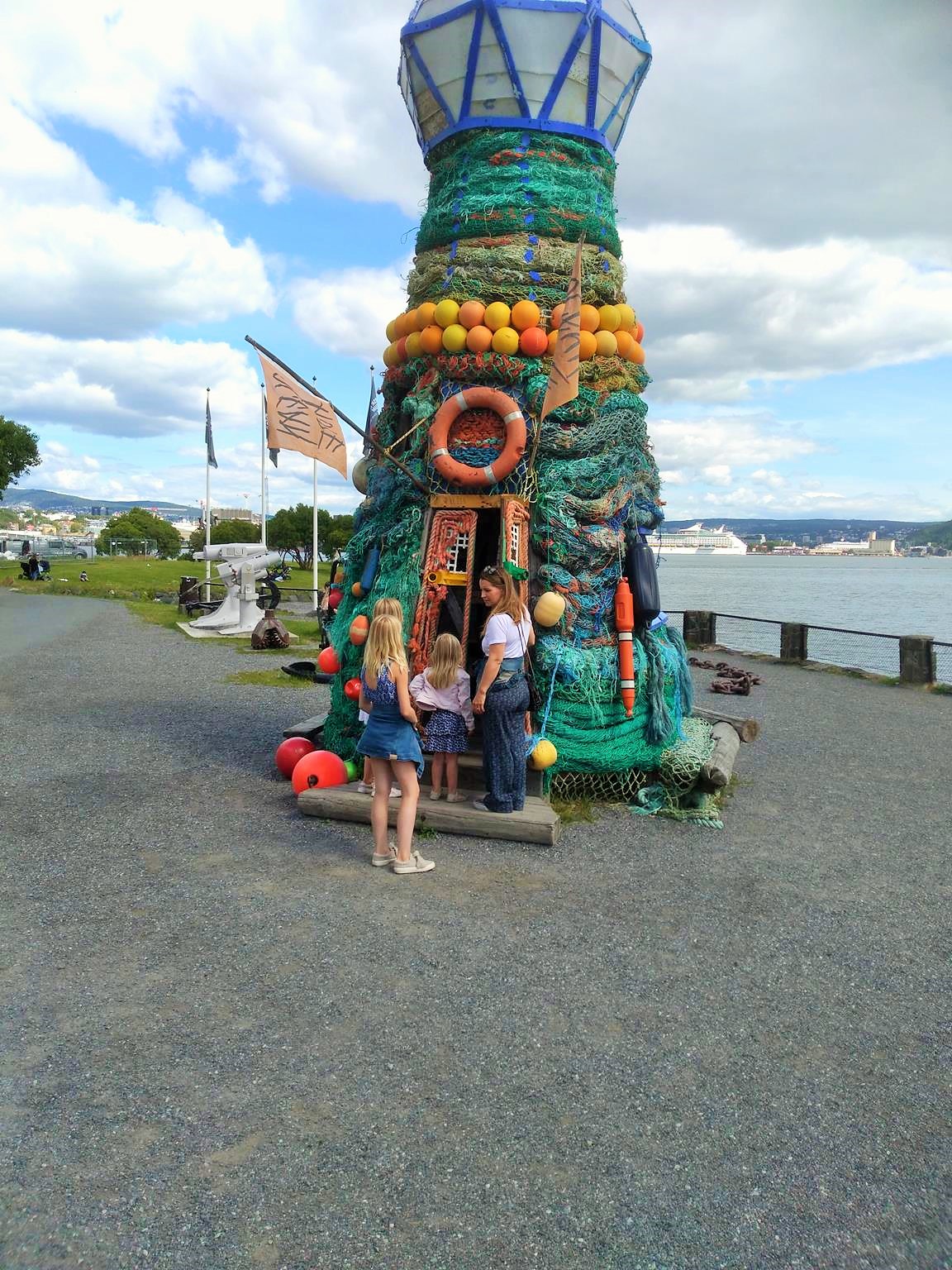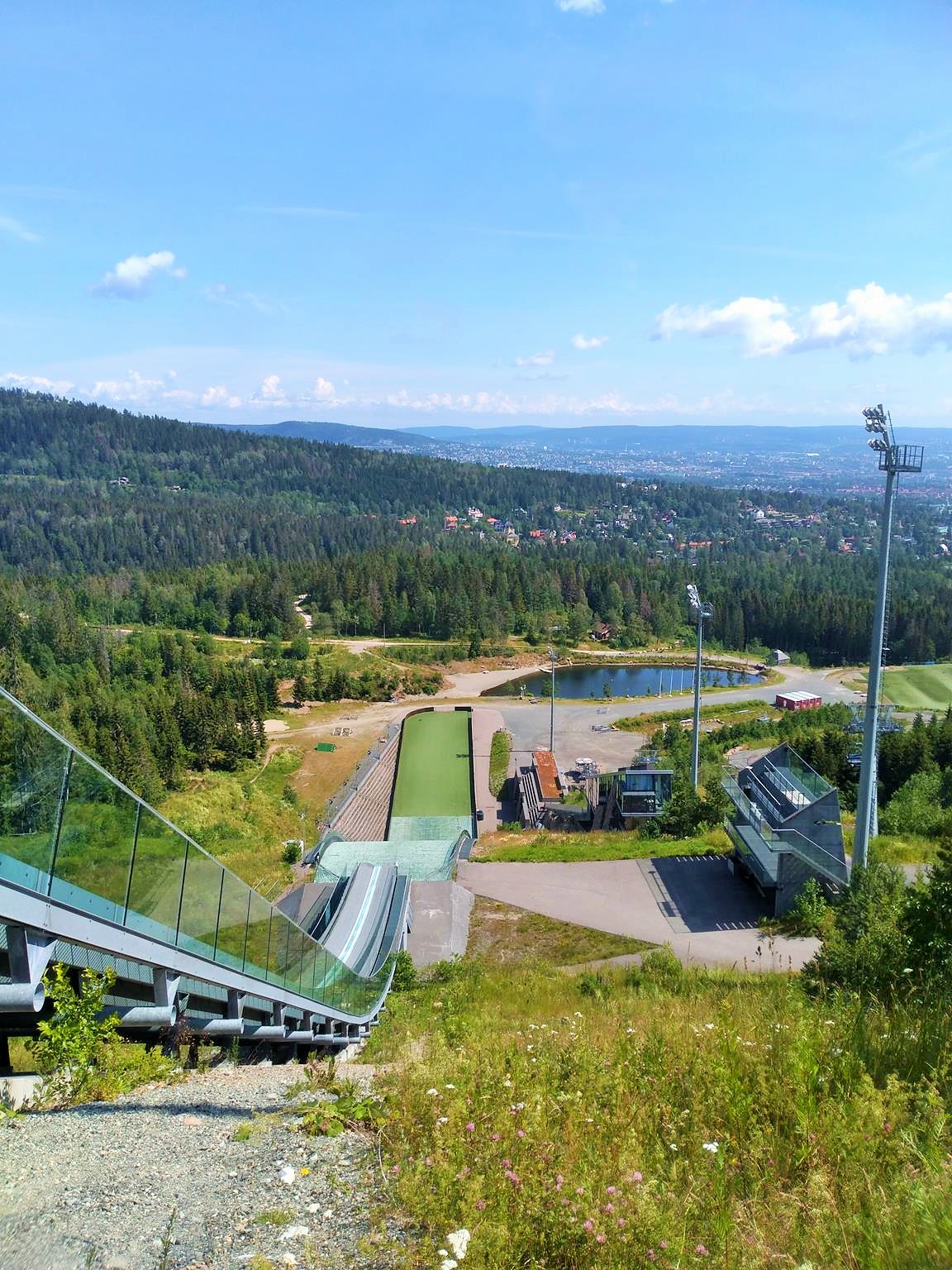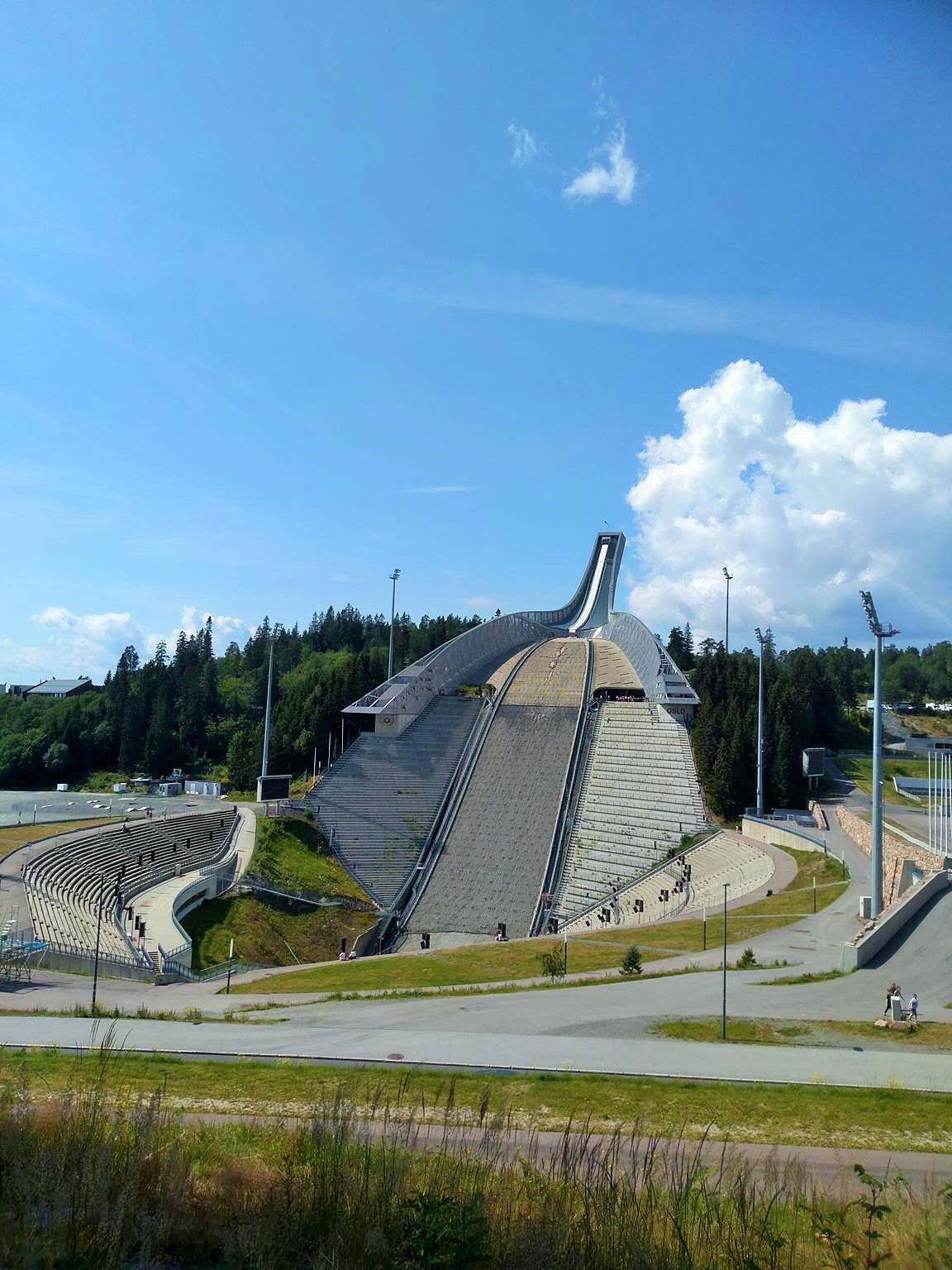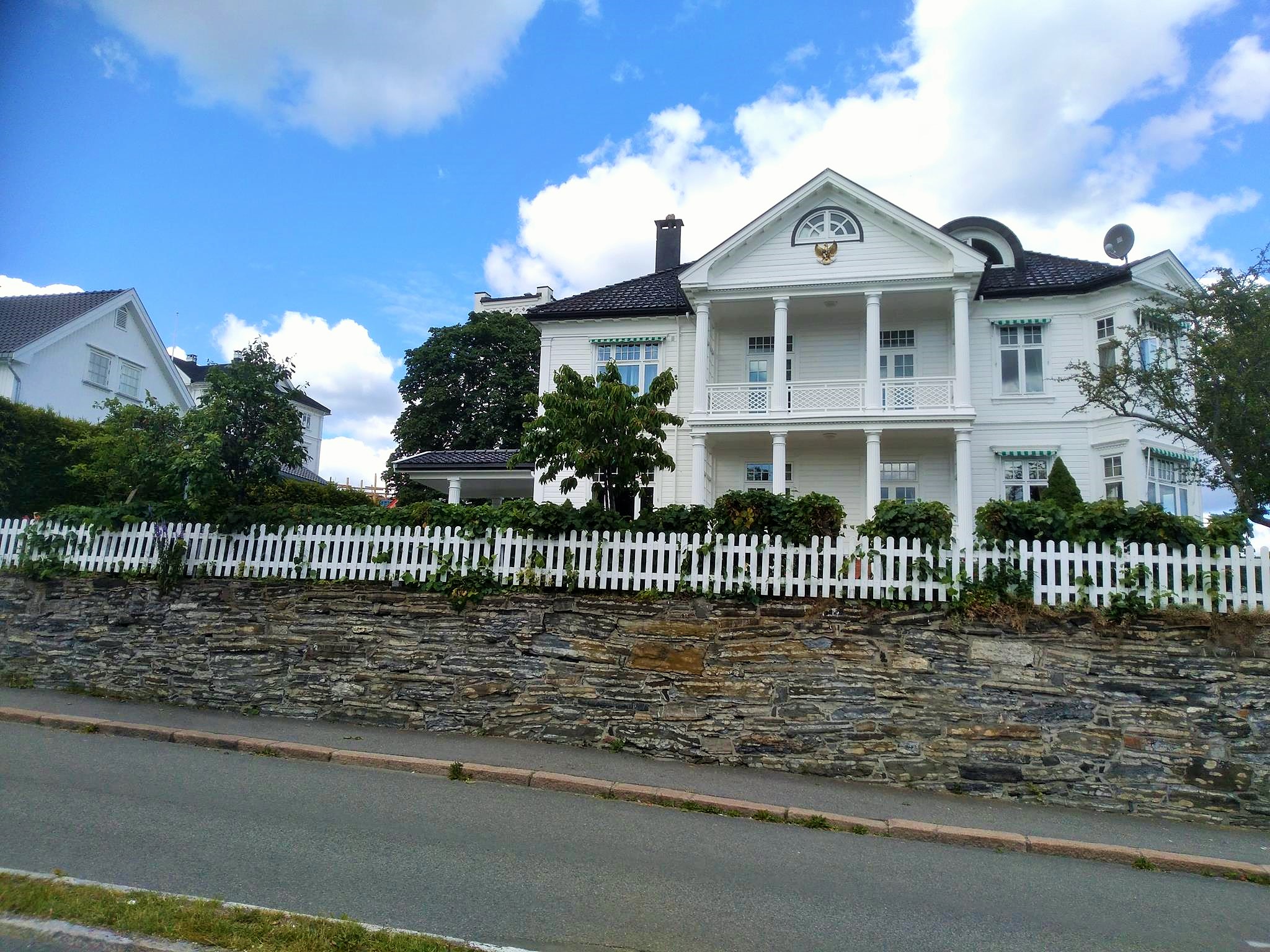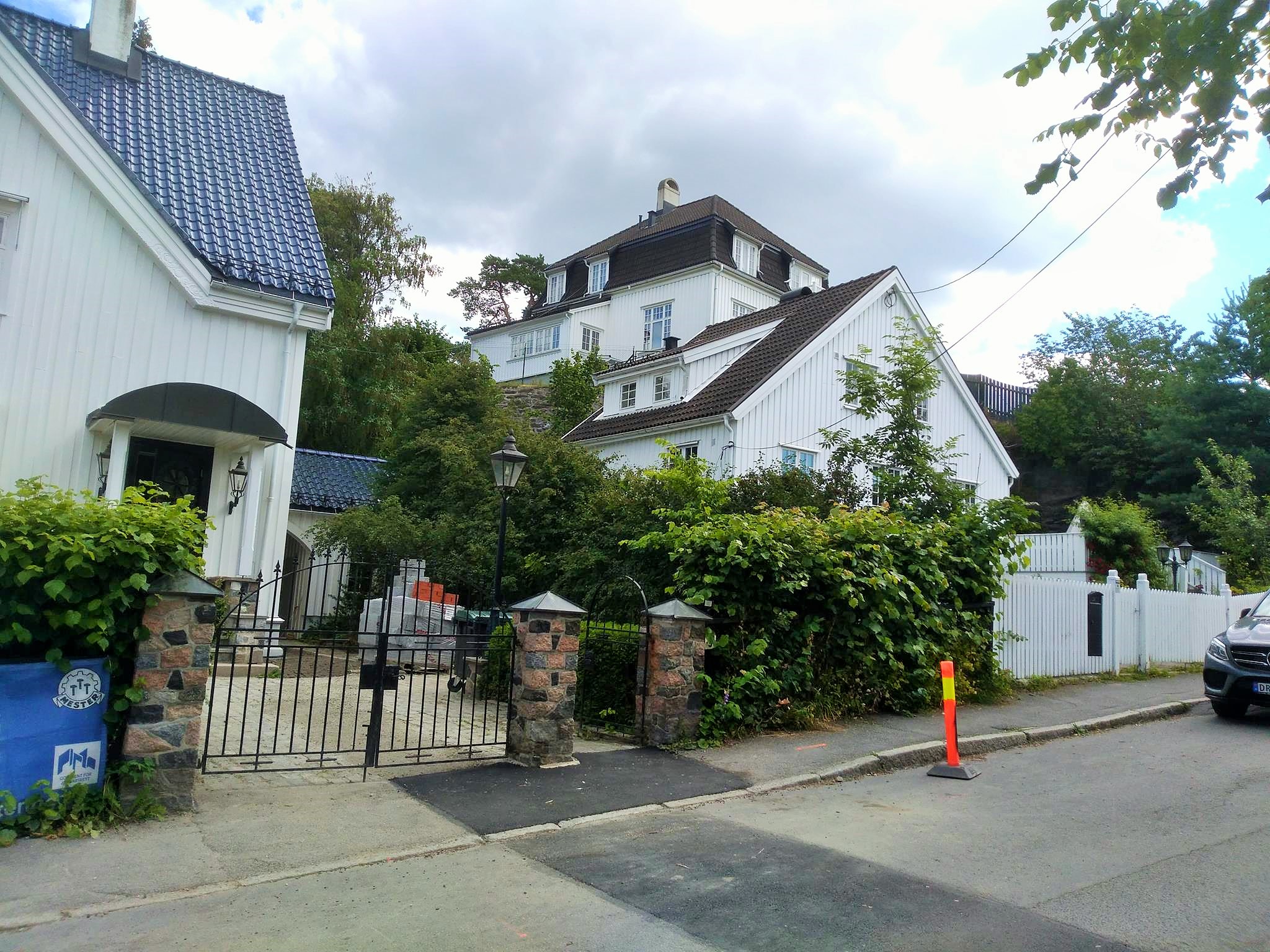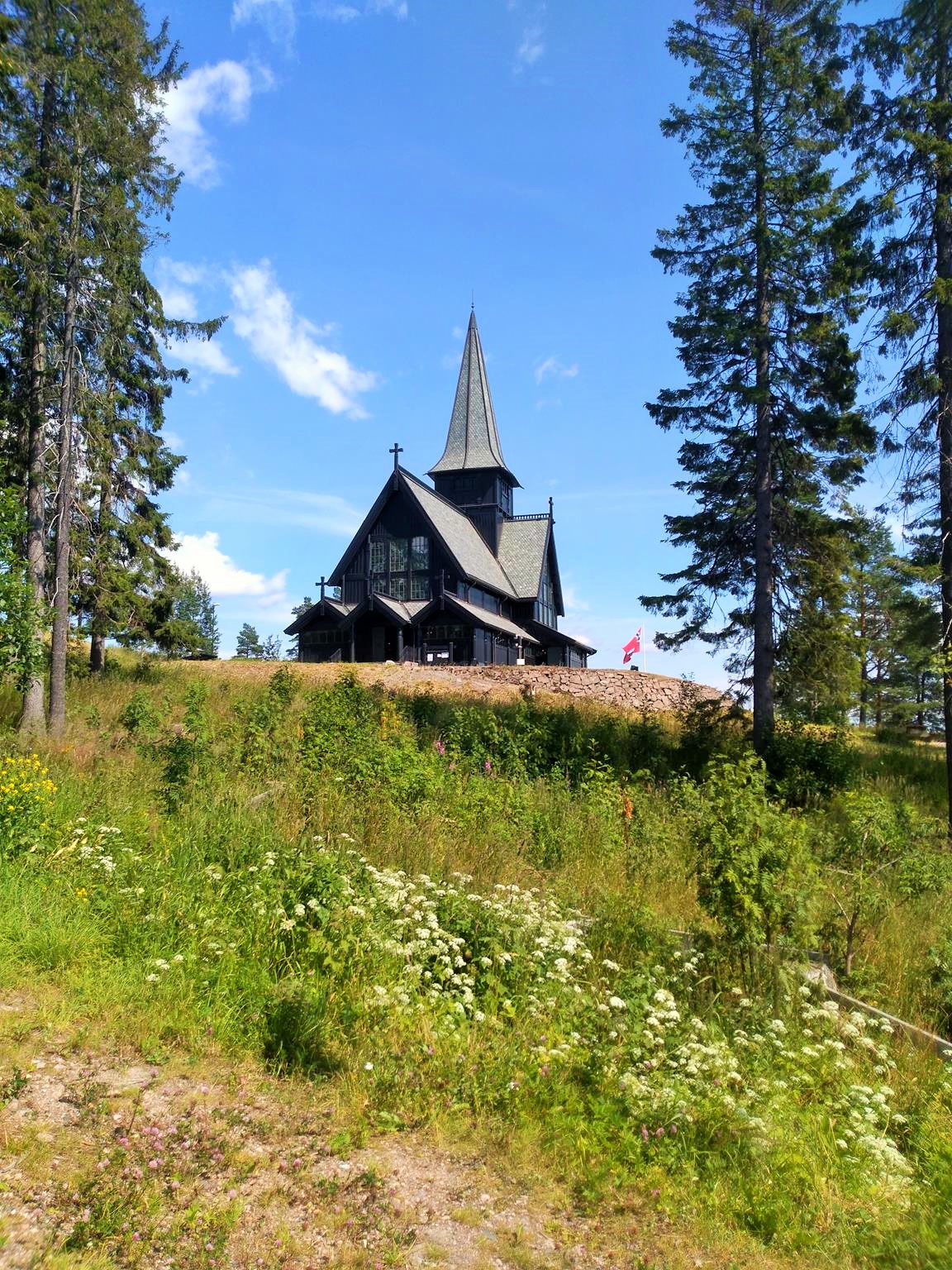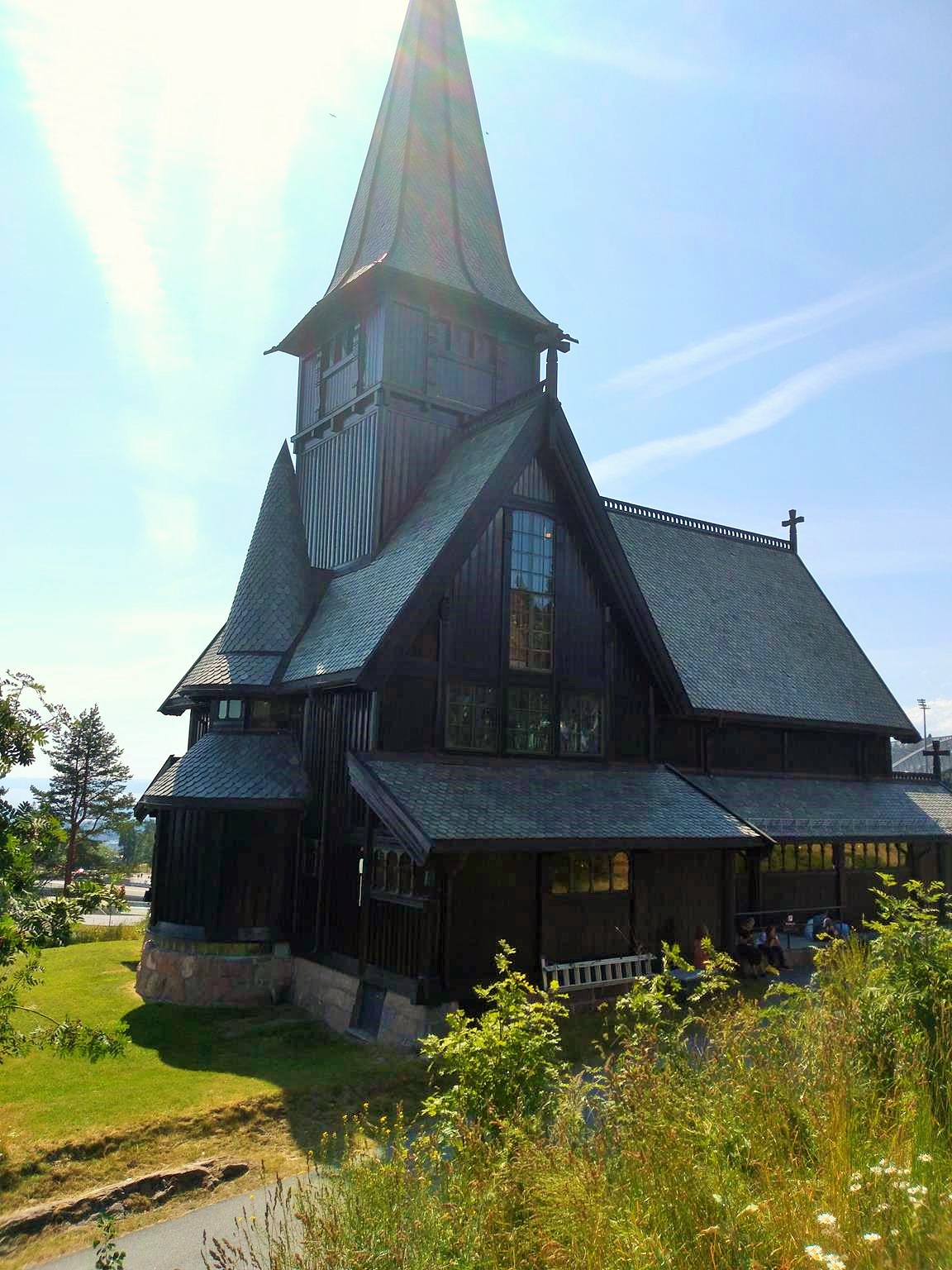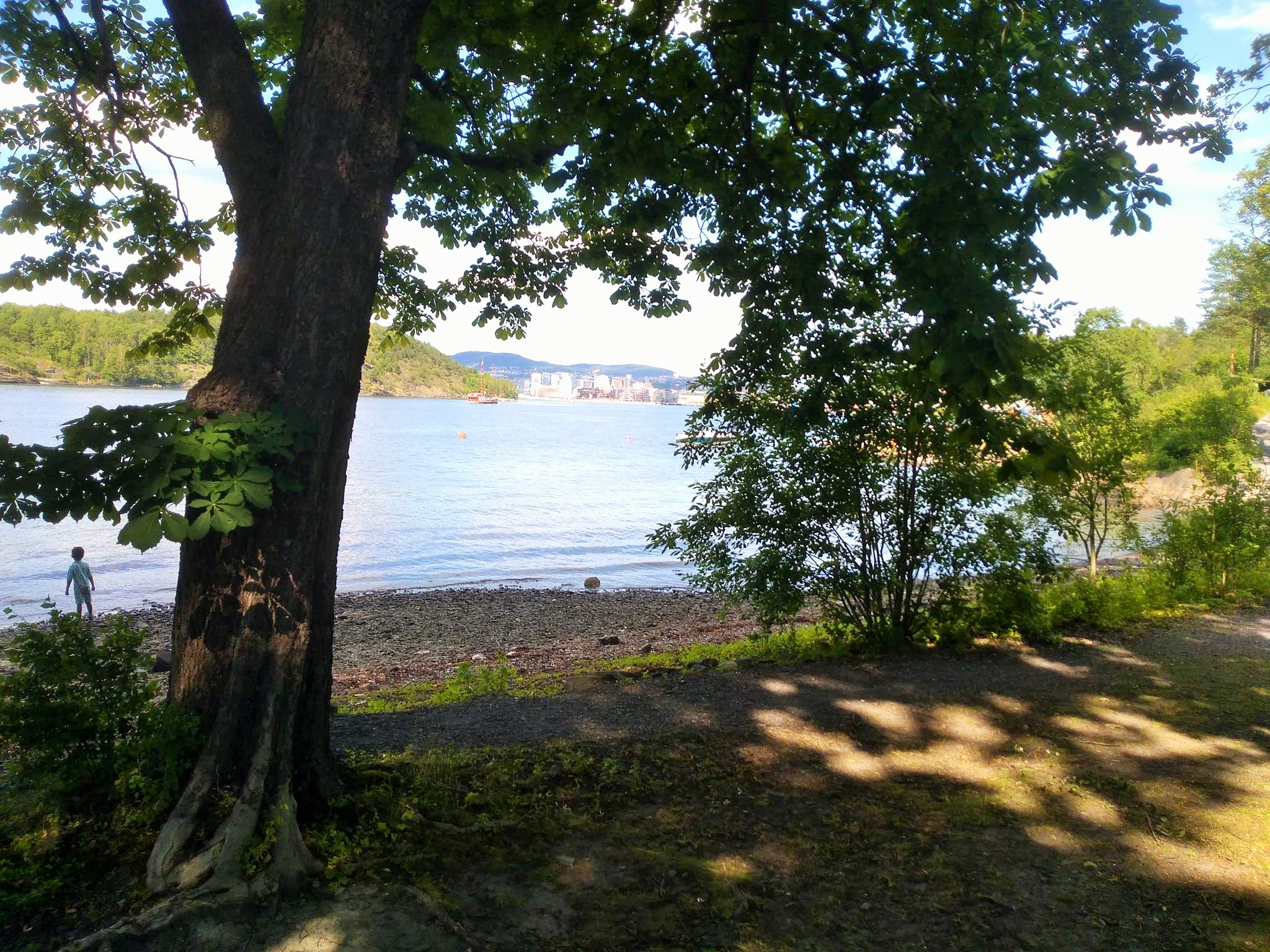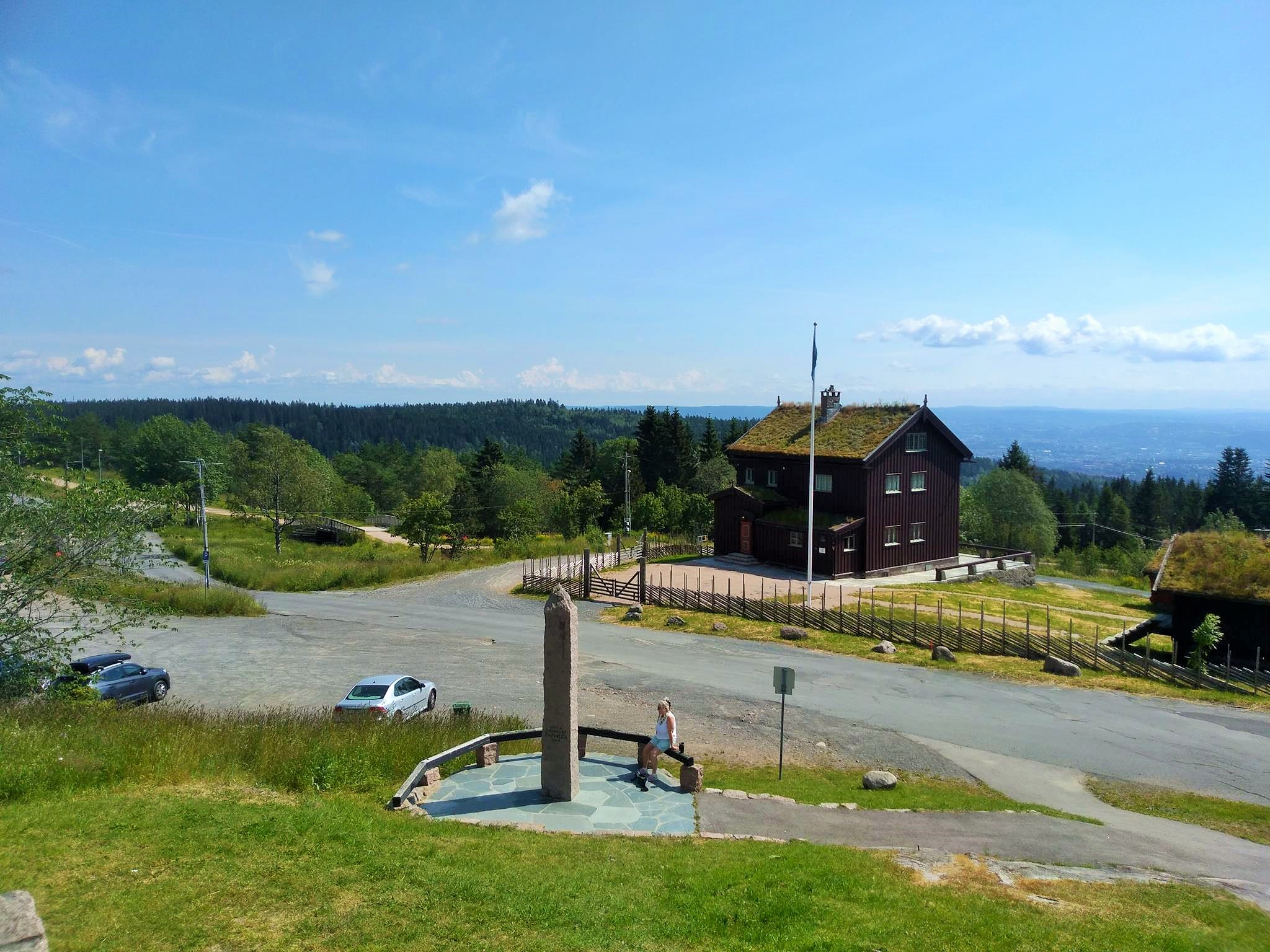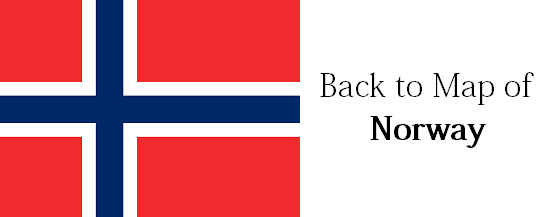Thanks a lot for the contribution of the awesome photo material and nicely written article by Frank Hofmann:
Nature in Norway is world famous. Many „natural“ masterpieces can be admired here. From glaciers, mountains, dense forests, waterfalls over fjords, norways offers everything your heart desires. Nature has an incredible raw power. Here, too, there are no limits to the superlatives. Gigantic, phenomenal, unique to name just a few approximations.
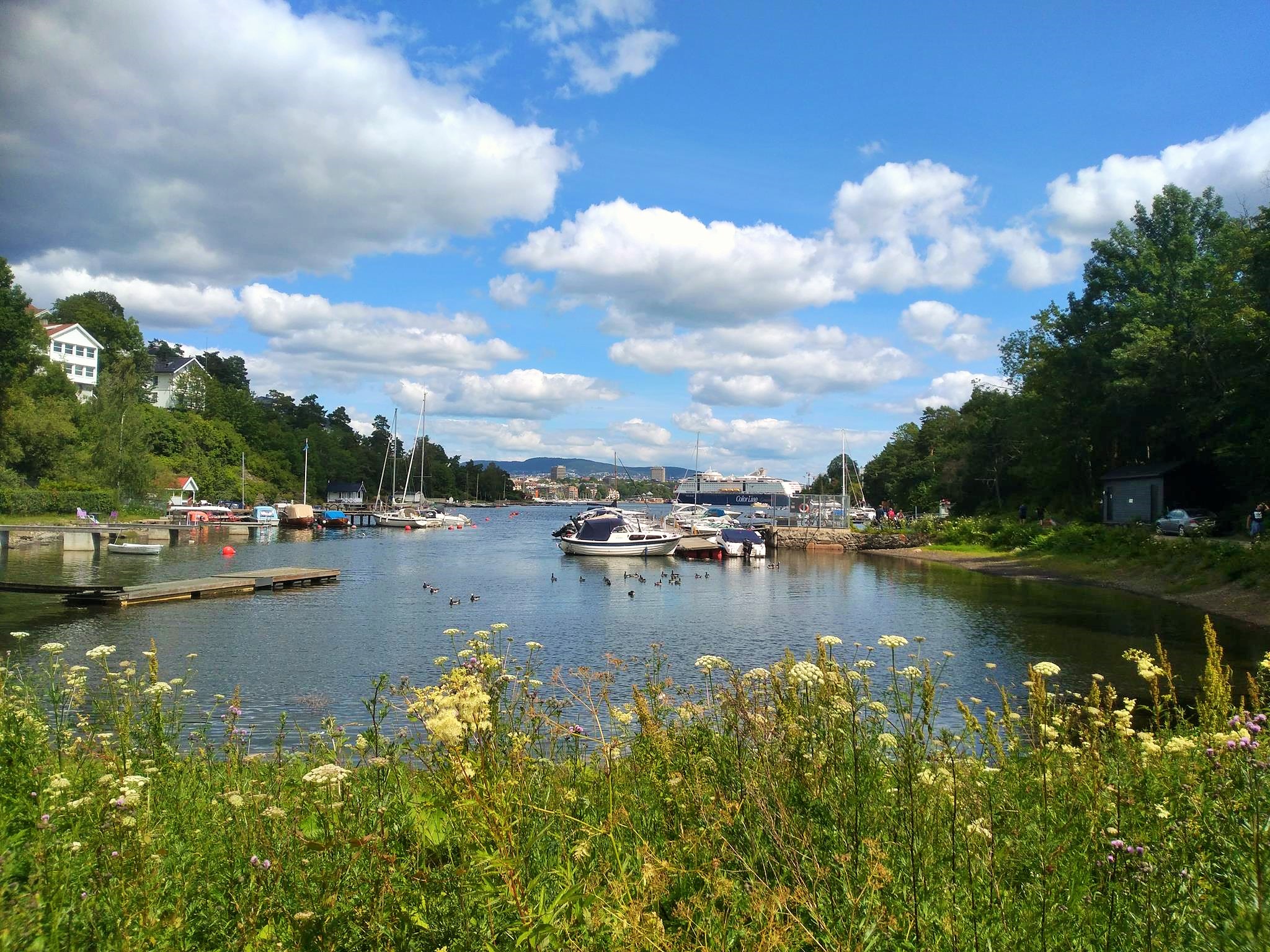
There are many natural attractions around Oslo. Let’s start with the fjord and its islands. Really spectacular. The ferry can be used with the RUTER weekly ticket for 43 euros. From the town hall, you can leave here in 20 minute intervals in the direction of Fjordinseln. The Oslofjord is an important waterway with a high volume of cargo and passenger ships and at the same time very important for recreation on its shores as well as on the water. Here locals and tourists disappear from the hustle and bustle of the city.
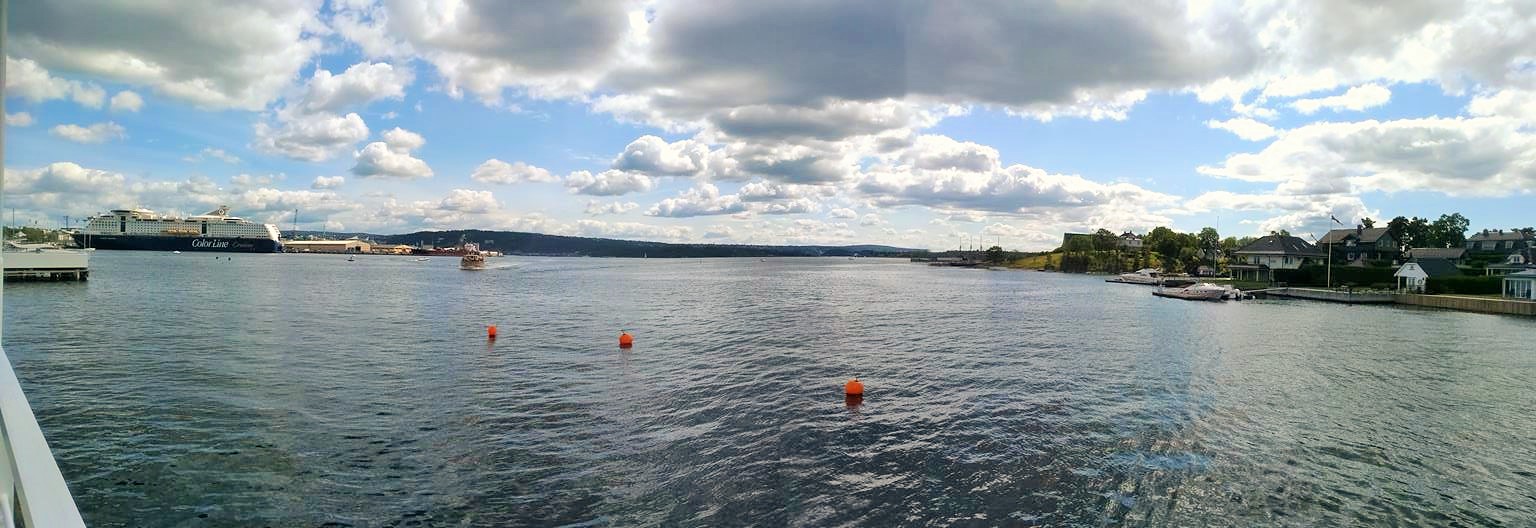
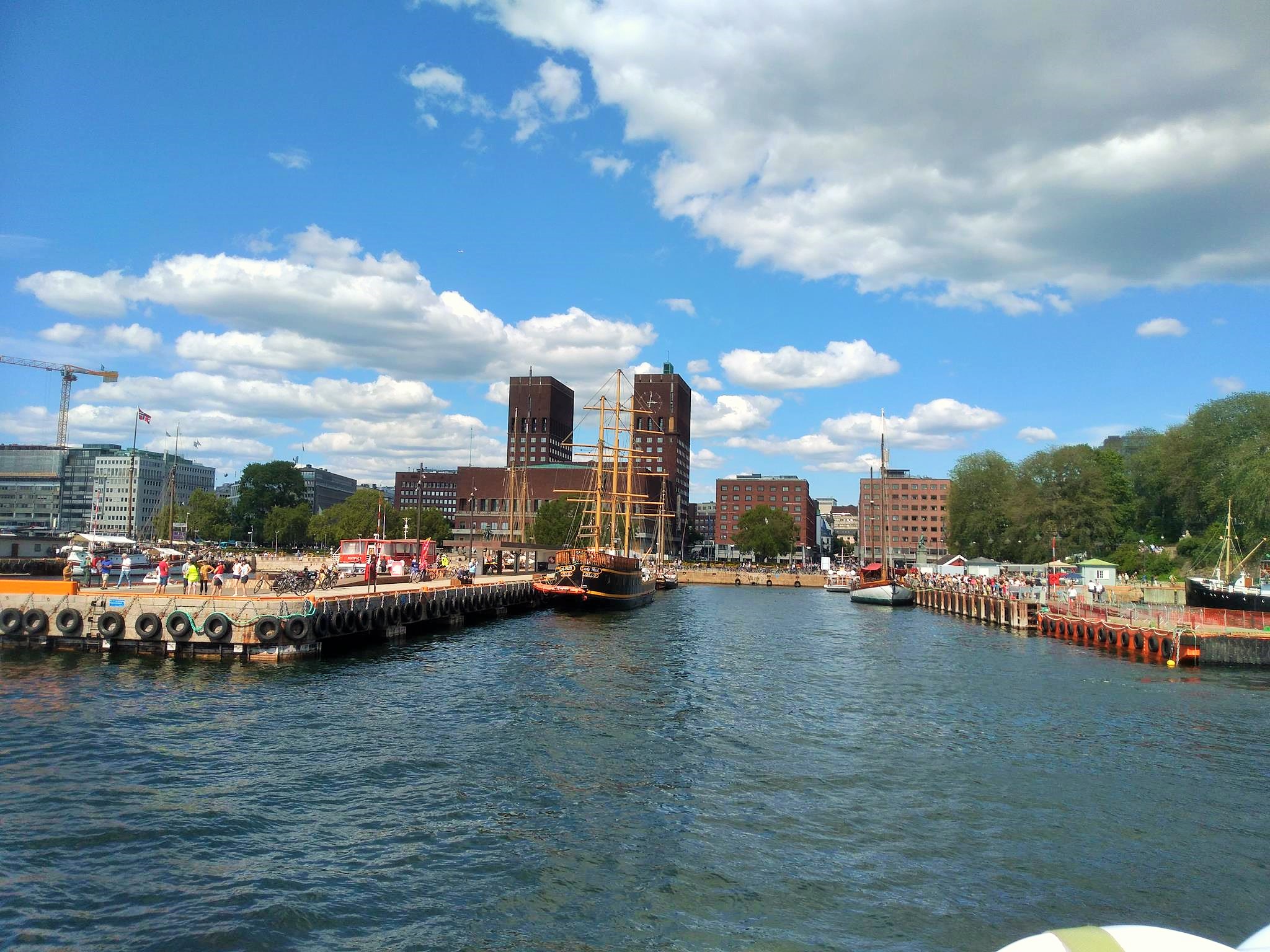
The islands are of different sizes and definitely have their advantages. Absolutely! We visited the smallest island Hovedøya (0. 04 km2). It was fantastic and invites you to picnic, relax, bathe, fish, sunbathe and sauna. The island is quiet and secluded. Here you get well grounded. The visitor has a wonderful view of the fjord and Oslo from there. It’s amazing! The colourful wooden houses are really su-per! They exude a colorful and extremely friendly charm. The simple and simple red, green, blue and yellow houses (probably the entire colour spectrum is represented) are already visible from the ferry. There is no street art here, because the houses are art enough and a feast for the eye.
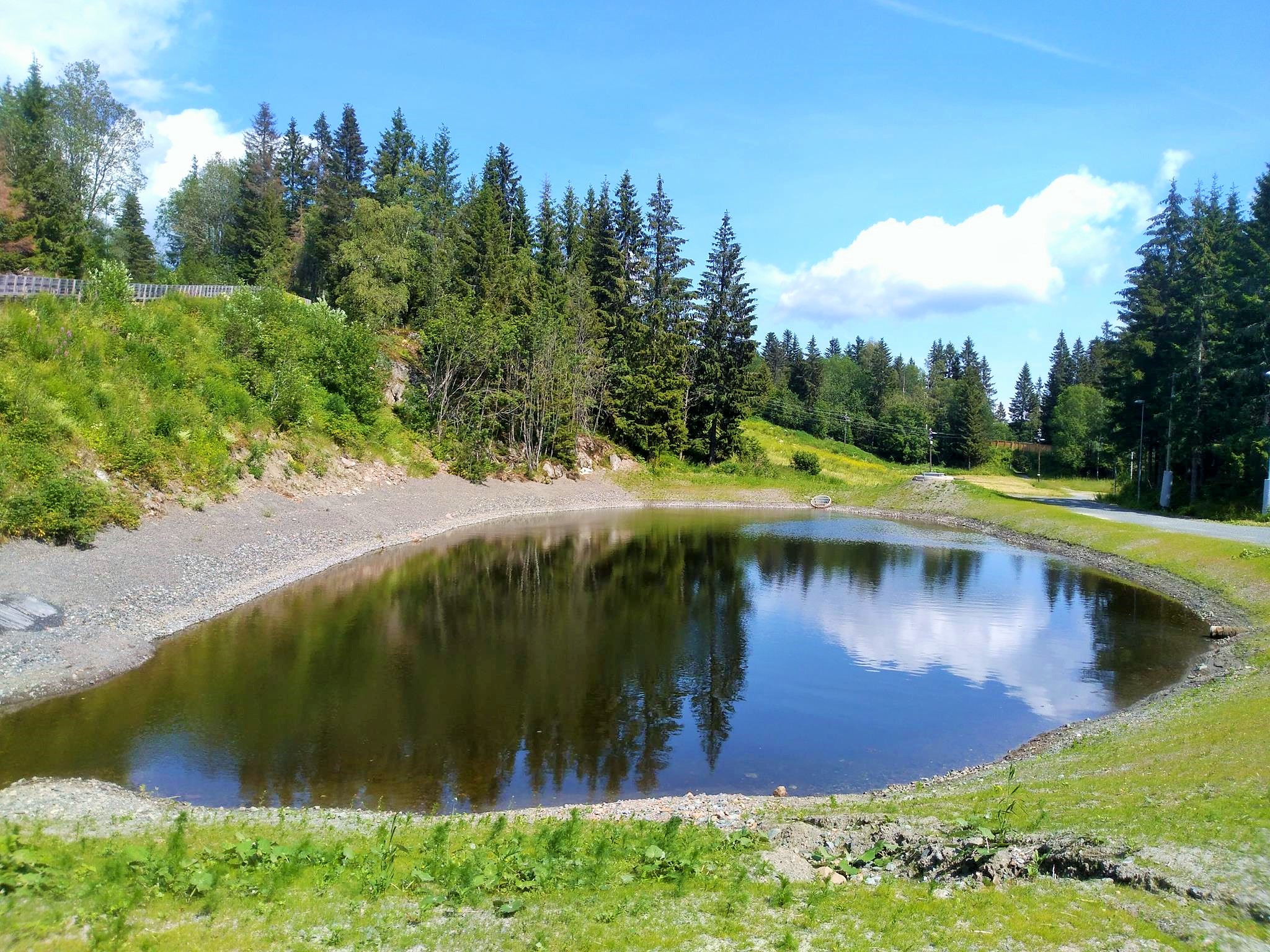
The island is mountainous and easy to circumnavigate. There are rock niches everywhere and there you can live undisturbed. Apart from a small boat harbour and the jetty there is no traffic here. Pure idyll. The other islands, including Gressholmen (0. 05 km2) and Bastoy (2. 6 km2), are also very small and can be reached by ferry in about 30 to 45 minutes. We did not visit the large fjord islands of Notteroy (59 km2) and Tjome (39 km2) due to time constraints. If you don’t want to go to an island, you can also enjoy the ferry ride as a round trip. This lasts approx. One and a half to two hours. We did that in one day, of course. This is fun and a good change from the city. The fresh air is excellent and does well. Really highly recommended!
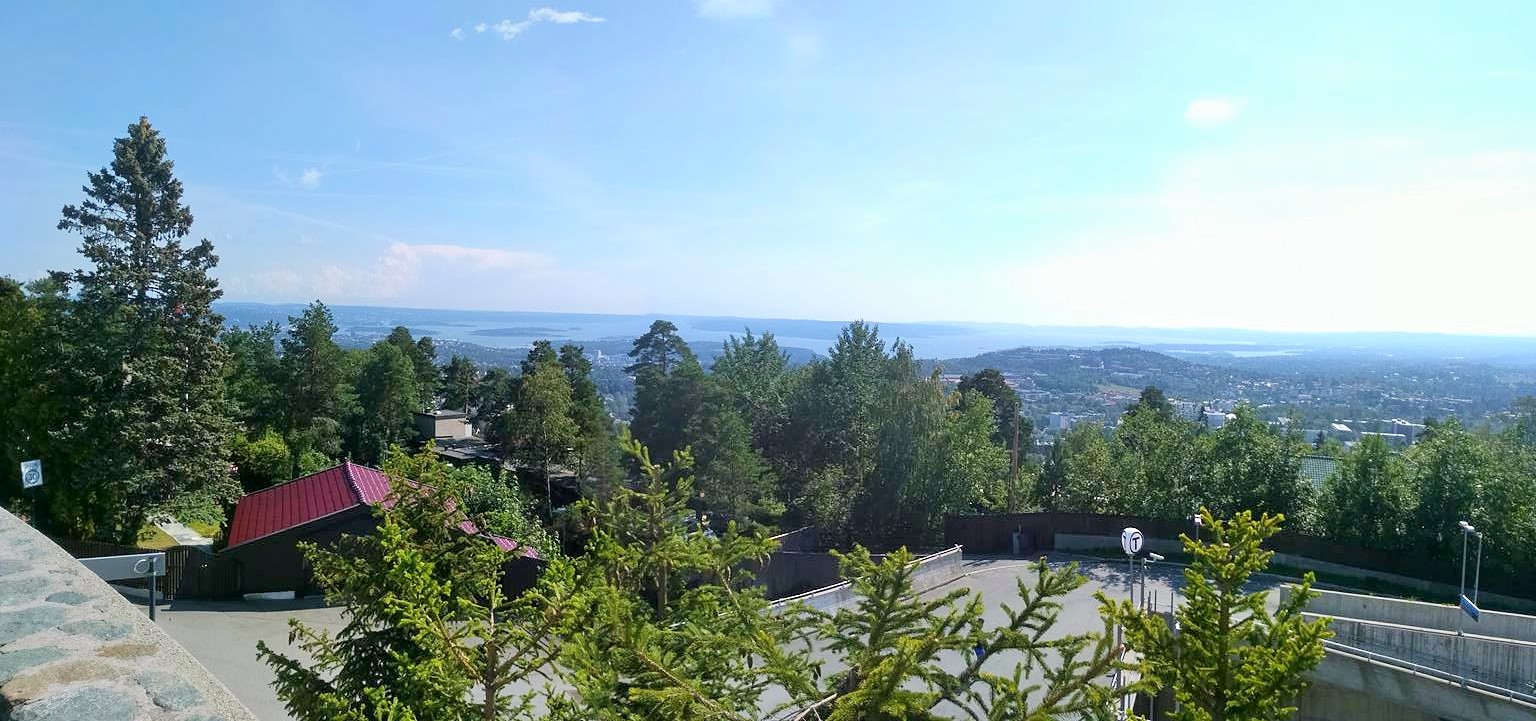
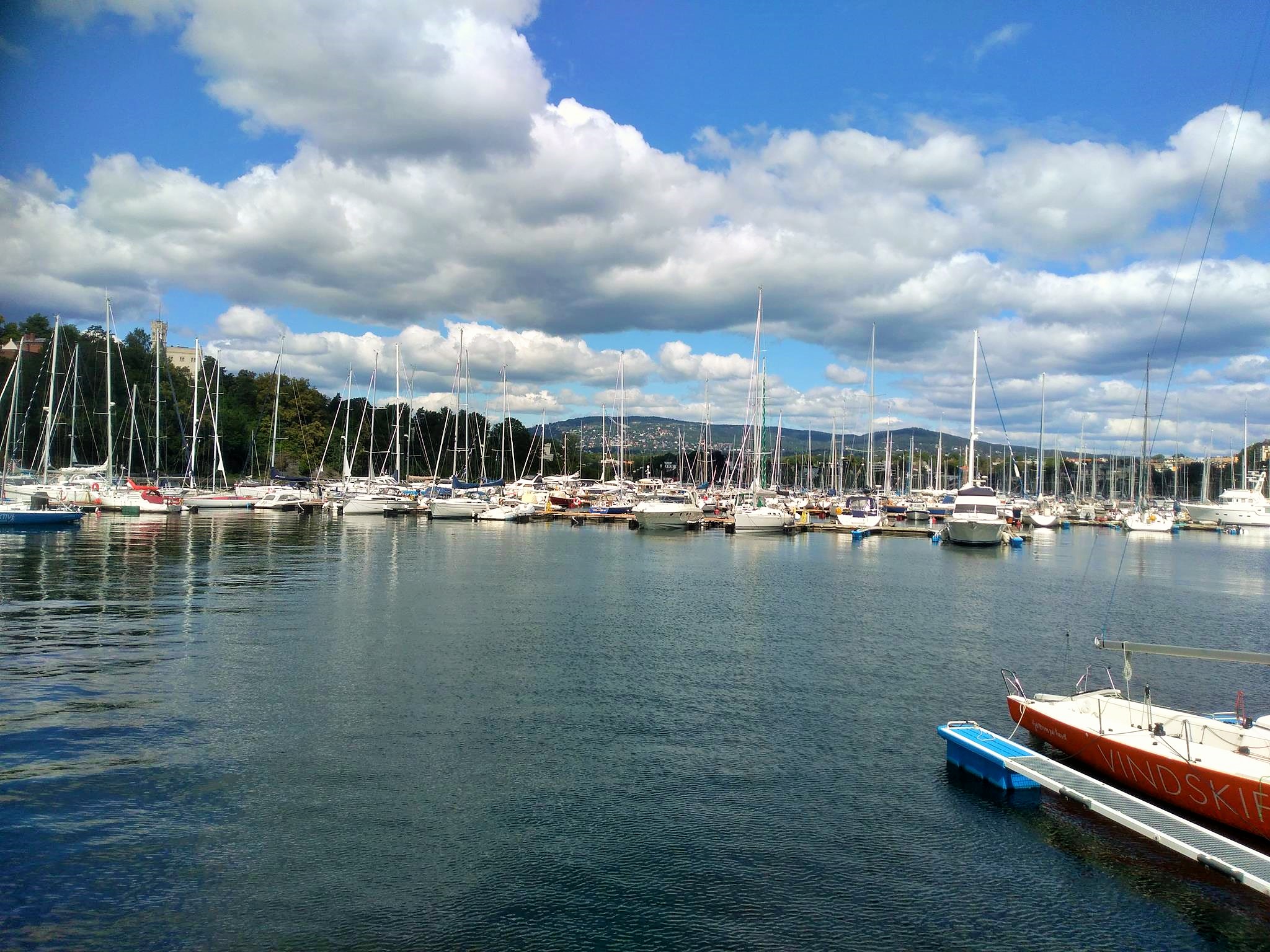
If you like it more decadently, go to Frogner. Anyone who thinks that decadence has its limits is extremely mistaken. Frogner is still capable of increasing. What’s that? Did I hear you right? It’s even more decadent? Of course it is! We’re here in Oslo. The increase of Frogner is the peninsula of Bygdøy. The peninsula borders, who would have thought, on Frogner. It’s not for a narrow purse. There is definitely not Schmalhans the kitchen master, but rather Bonzenkalle. That much has already been determined. In addition to 1000 museums, there is a white villa next to it. Sometimes with tower, with bay windows, sometimes modern, sometimes old-fashioned. Definitely always expensive and you can see that too. The peninsula has been serving since the 19th century. In the 19th century many Osloers used it as a recreation area. In the summer months, visitors can also reach Bygdøy from Rådhuskaien. For walks highly recommended and also culturally there is a lot in Bygdøy.
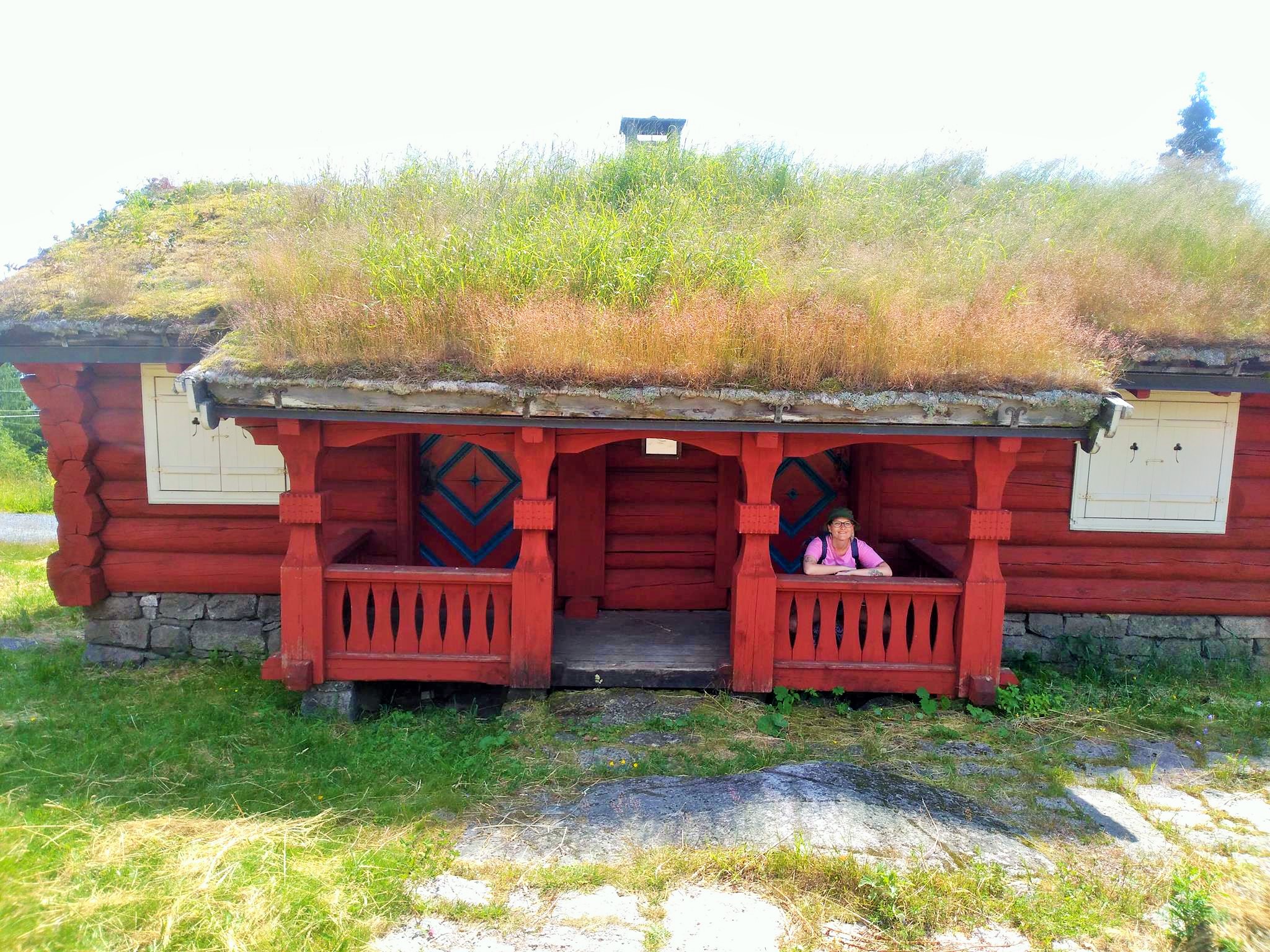
The most famous museums are the Norsk Folk Museum, the Fram Museum and the Vikingskipshuset (Viking ship house). The Norsk Folk Museum is Norway’s central museum of cultural history. If you are interested in the history of Norway, you’ve come to the right place. The Frammuseum is quite spectacular. If you are interested in maritime museums, you should definitely stop there. In the museum, ships are built with great attention to detail. Really strong. If you look at the building, it’s hard to imagine that several ships fit in there. All the more blatant what’s going on inside. The Frammuseum may not be called Norway’s best museum for nothing. Properly sailed or is that aboard? Fully disembarked! Sounds more like peeing. Let’s stick to the real thing. In front of the museum stands a self-made lighthouse made of fishing nets, which I personally found really good. Last but not least, the Vikingskipshuset. The museum deals with archaeological remains of Viking ships and has traditionally and historically an important raison d’être. Of course, there is also a marina with a view of Oslo. Bathing beaches are also available.
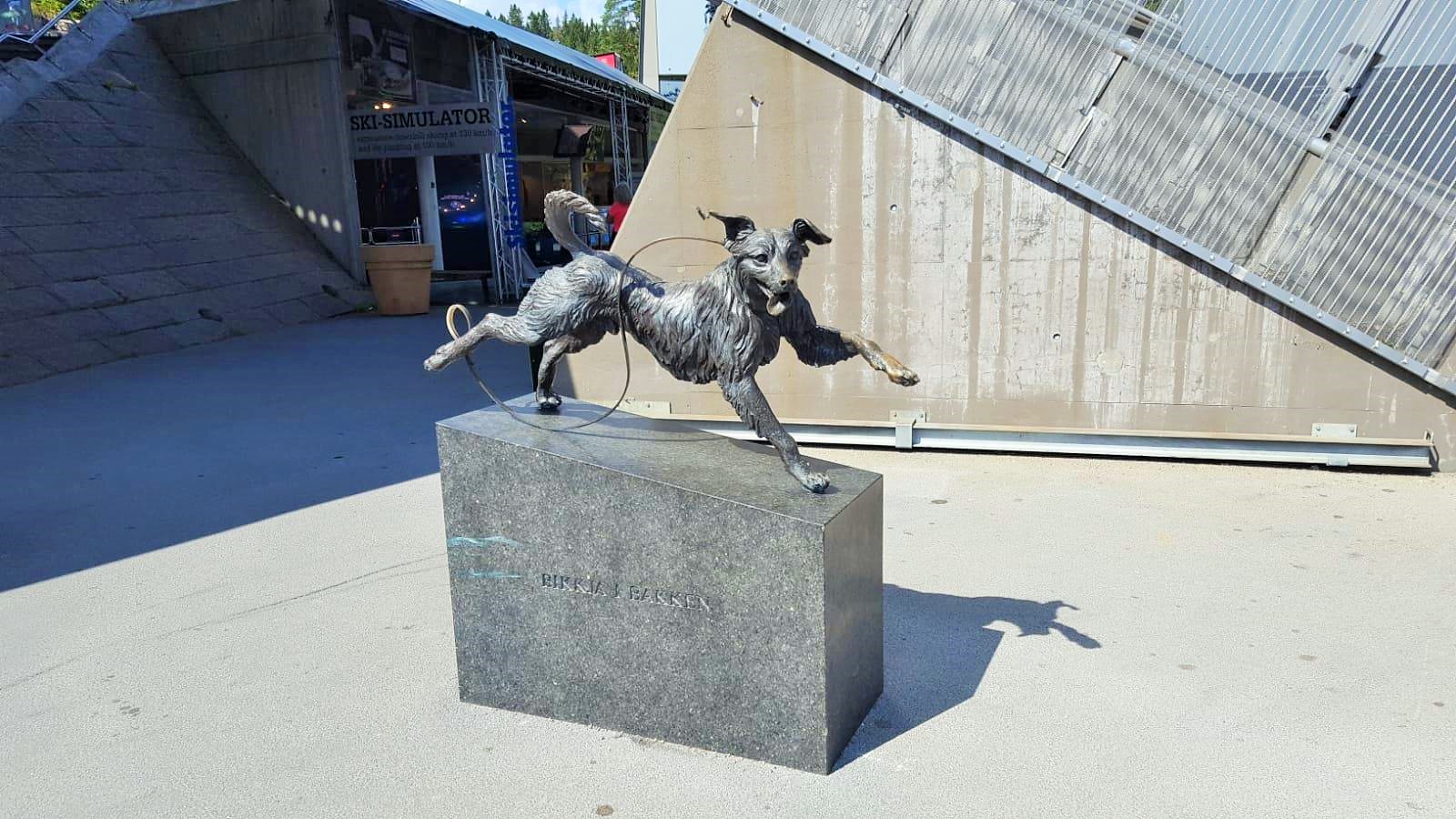
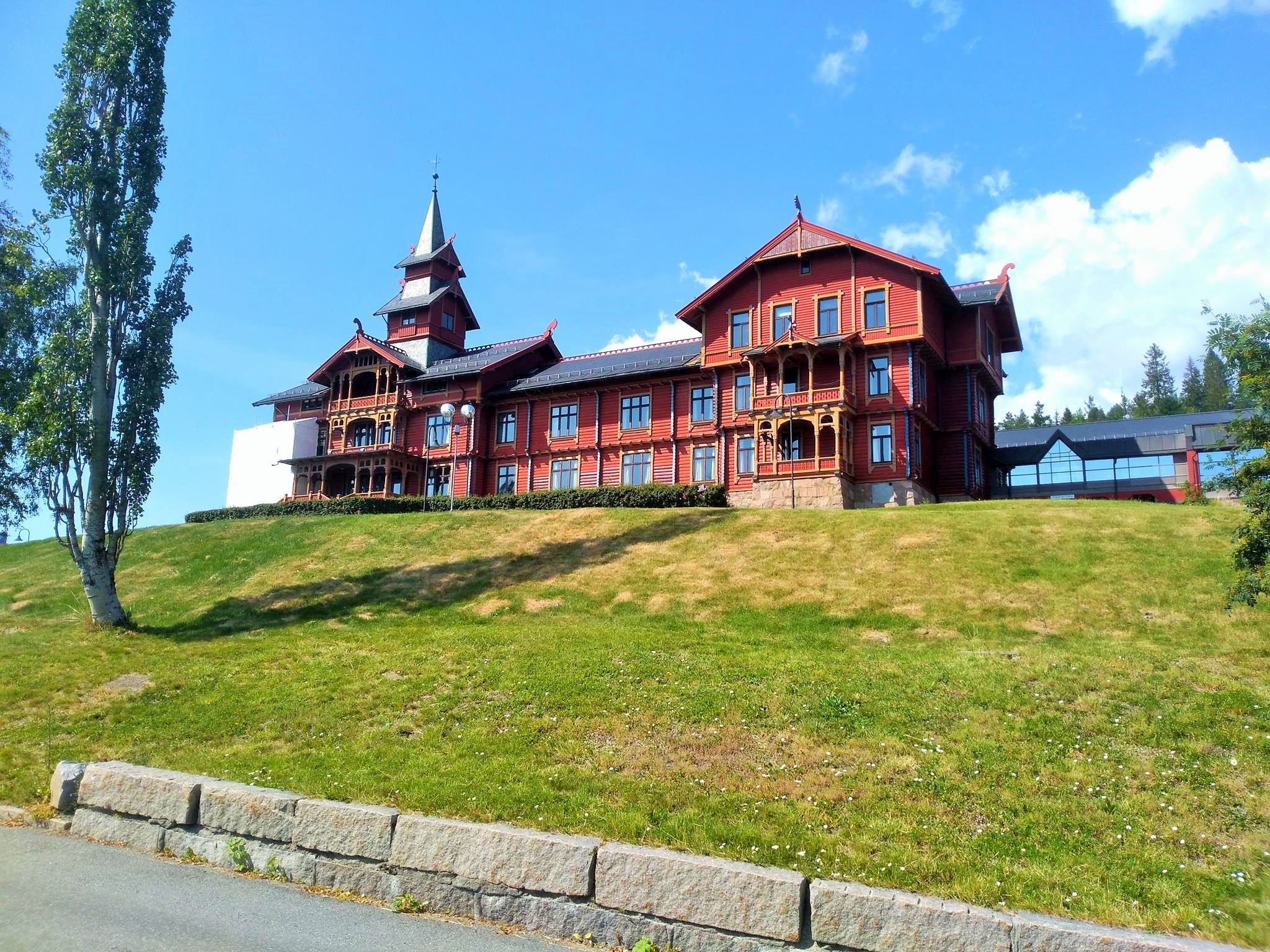
Of course we also visited a beach and somehow I immediately remembered the VIGELAND PARK in Frogner. The beach is intended for nudist guests. That was not quite clear to us in advance. Lots of naked old and young people. This is where VIGELAND PARK really comes to life. It doesn’t really bother you to expose yourself. All of Vigeland’s sculptures can be reproduced very well. The nudist beach also has a spot when it comes to street art. At STRANDLIVETS STRABASAR, SPIKER created a man. He’s wearing pants. Reminds me of a drunk man and comes across nicely. Well, actually, it’s a man lying in the sun, having a lot of sunburn and being peeled by ants. He’s still drunk. That’s it. For me, at least. It’s a great fit.
Local recreation areas include the mountains and dense forests around Oslo. It is the most visited tourist attraction in Norway. The ski jumping hill at Holmenkollen. It includes the Holmenkollen Ski Museum and the ski jumping hill, shops, a café and a ski simulator. Inside the ski jumping hill is the oldest ski museum in the world with an exhibition on the 4000-year history of skiing. It’s a damn long time. Similarly futuristic as the opera and the new Munchmuseum, the hill is a real eye-catcher. It sits high above the city and is easily visible from many places in Oslo. By tram line 1 you can reach the Holmenkollen from the city center in about 30 minutes. Always uphill. In reverse, the visitor sees the entire Oslofjord from there. A fabulous view. The ski jump of 2011 was designed by the Danish company JDS ARCHITECTS based in Copenhagen. This design unites all the facilities connected with the ski jump in a holistic overall picture. 1000 tons of steel protrudes 60 meters into the air, true to the motto SKY IS THE LIMIT. Ultimate part. In summer the ski jumping hill offers an extra special. With a ZIP-LINE, visitors can get a helmet and a harness and race from the top of the hill over the cable car to the end of the hill. Adrenaline and good views!
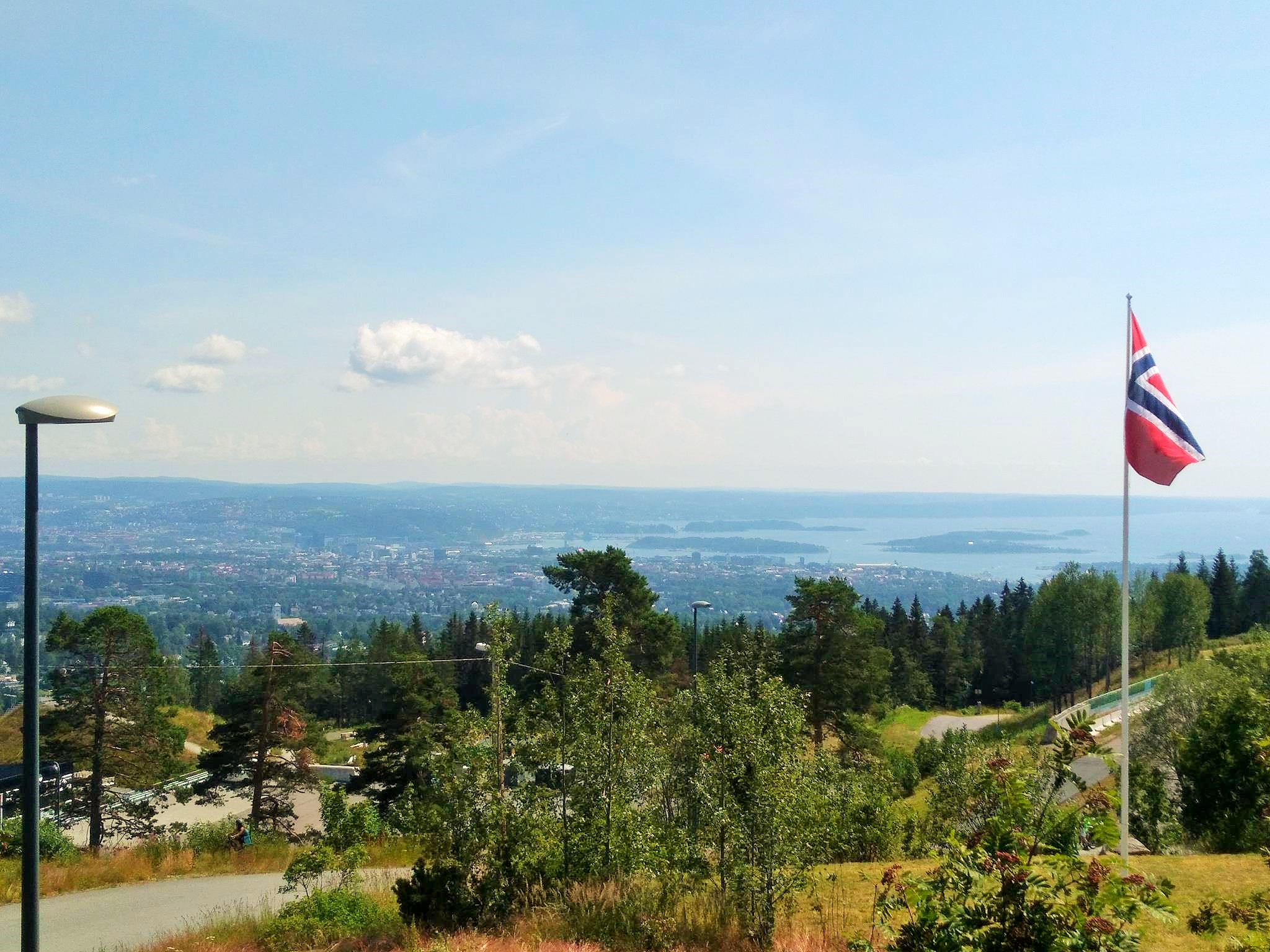
Next to a chapel, there is a small ski jumping hill and the KOLLENTROLLET, a mountain troll carved in stone. We immediately took the troll to heart. The area is ideal for hiking in summer. In winter, skiing is the theme. From the final stop FROGNERSETEREN you walk about 45 minutes to the ski jumping hill. There is also a very good tavern to stop off. The restaurant FINSTUA, which is always very well attended. Before that, you can picnic well. The restaurant offers the best views of the city. It is also possible to disembark directly at the Holmenkollen station and walk the kilometre uphill to the hill. There the DE FEM STUER is certainly worth a visit, if there are still thalers left. Both restaurants are quaint, have something of mountain huts in large style and wonderful food is created.
In summary, Oslo has everything you want from a city, promises and desires. But there’s a price to pay. Sea, mountains, a vibrant, primeval city centre with good transport links. A fantastic futuristic architecture, street art at its finest, good food and drink. That’s crazy! Clubs and bars without end. The city is full of contrasts, in every respect. That’s my thing. For me, the city par excellence in terms of high quality of life. It’s not enough to recuperate: The superlatives are not enough. For me, the city is clearly among the top 3 in Europe. Definitely the crassest city I’ve been looking for in Europe in recent years. I will visit Norway and especially Oslo more often. This is as clear as dumpling broth.
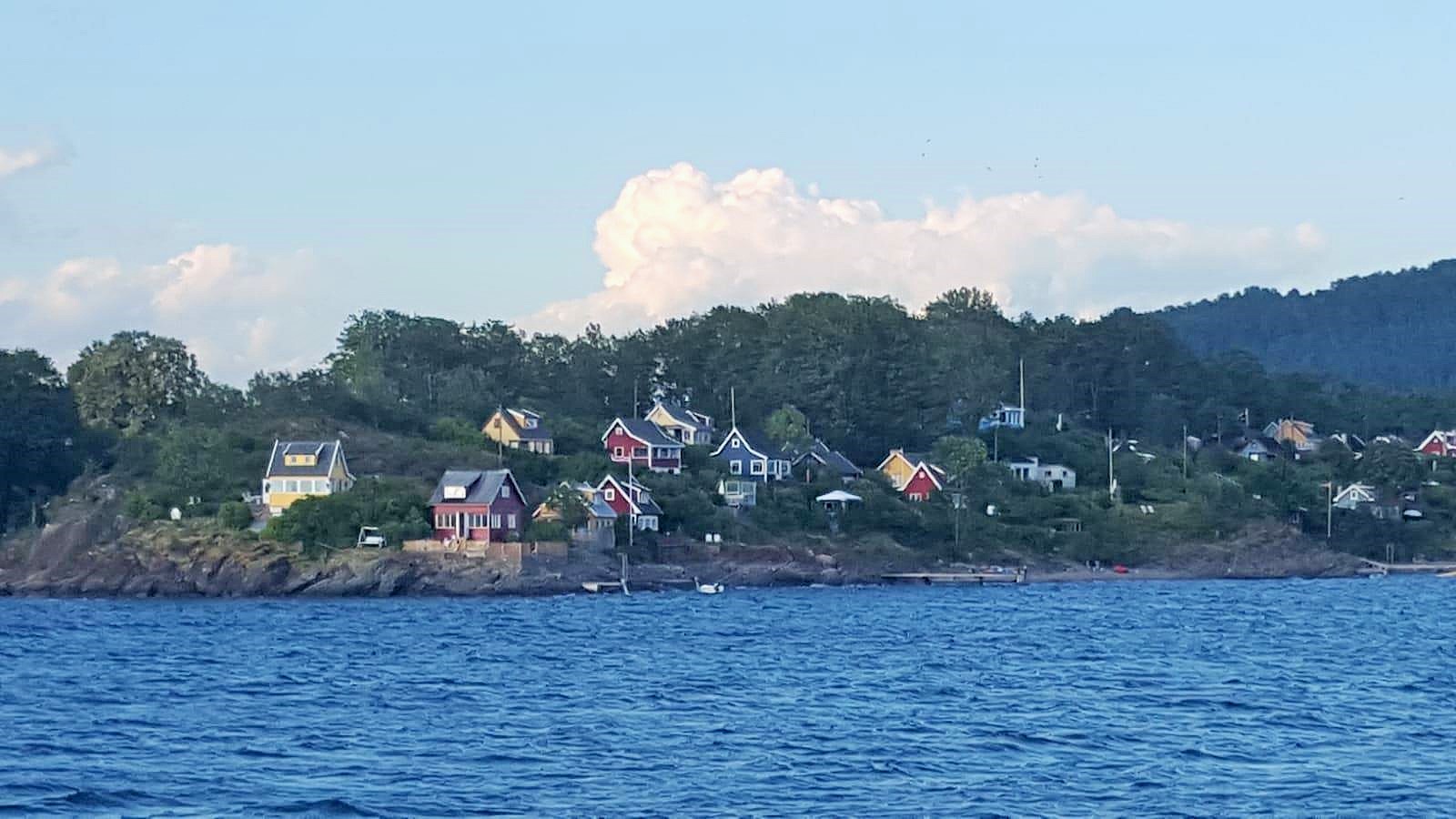
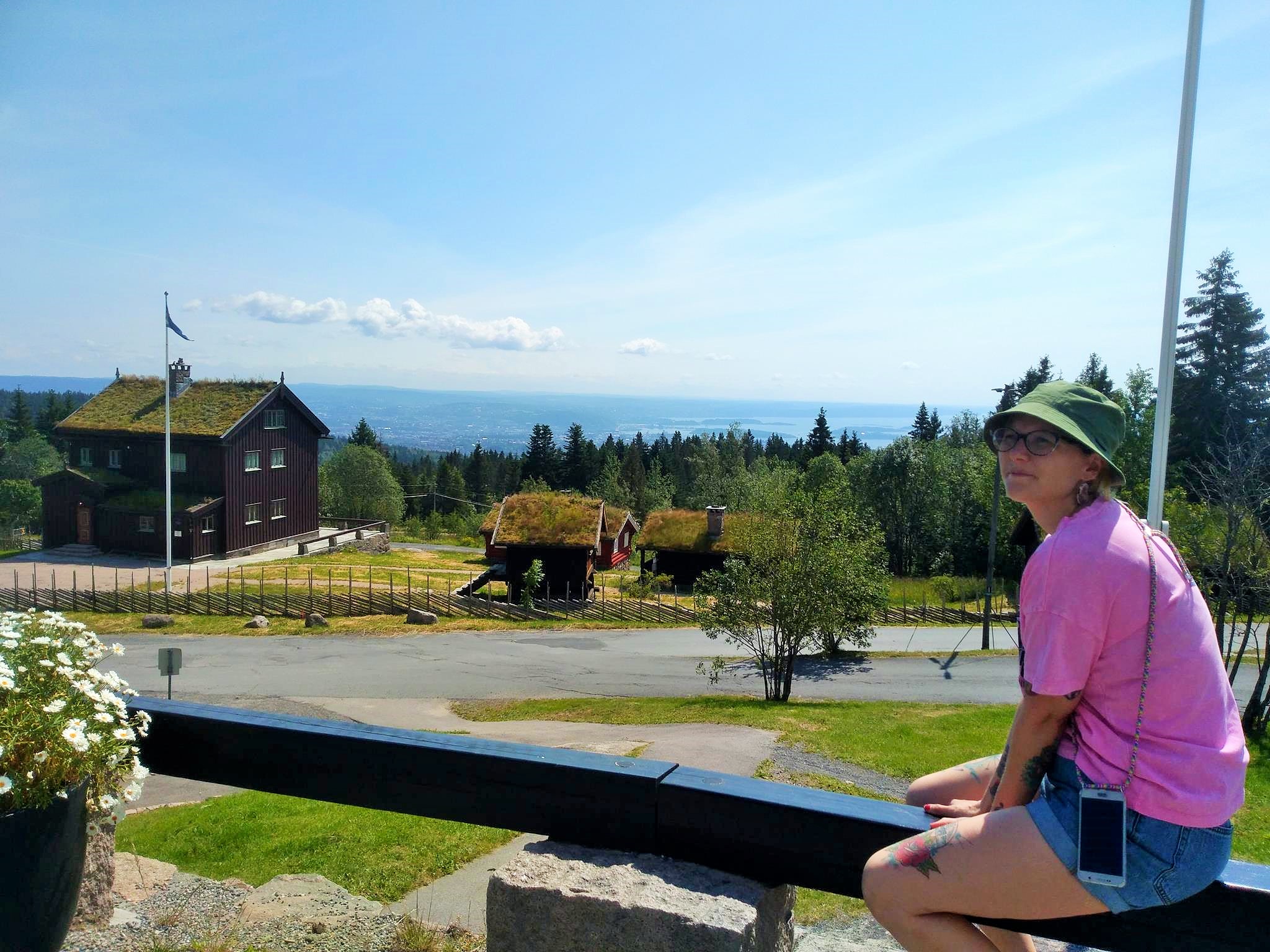
INFOTHEK
![]() Visit Oslo: https://www.visitoslo.com/
Visit Oslo: https://www.visitoslo.com/
![]() Norsk Folkemuseum: https://norskfolkemuseum.no/
Norsk Folkemuseum: https://norskfolkemuseum.no/
![]() Frammuseum: https://frammuseum.no/
Frammuseum: https://frammuseum.no/
![]() Vikingskipshuset: https://www.khm.uio.no/besok-oss/vikingskipshuset/
Vikingskipshuset: https://www.khm.uio.no/besok-oss/vikingskipshuset/
![]() Restaurant „FINSTUA“: https://www.visitnorway.de/listings/frognerseteren-restaurant-finstua/31909/
Restaurant „FINSTUA“: https://www.visitnorway.de/listings/frognerseteren-restaurant-finstua/31909/
![]() Restaurant „DE FEM STUER“: https://www.visitoslo.com/de/restaurants-und-nachtleben/restaurants/?tlp=2979363&name=De-Fem-Stuer
Restaurant „DE FEM STUER“: https://www.visitoslo.com/de/restaurants-und-nachtleben/restaurants/?tlp=2979363&name=De-Fem-Stuer
![]() Kollentrollet: https://www.tripadvisor.de/Attraction_Review-g190479-d8131891-Reviews-The_Troll_Sculpture_Kollentrollet-Oslo_Eastern_Norway.html
Kollentrollet: https://www.tripadvisor.de/Attraction_Review-g190479-d8131891-Reviews-The_Troll_Sculpture_Kollentrollet-Oslo_Eastern_Norway.html
![]() JDS Architects: http://jdsa.eu
JDS Architects: http://jdsa.eu
![]() Author & Photographer: Frank Hofmann & Sarah Eva Neth
Author & Photographer: Frank Hofmann & Sarah Eva Neth
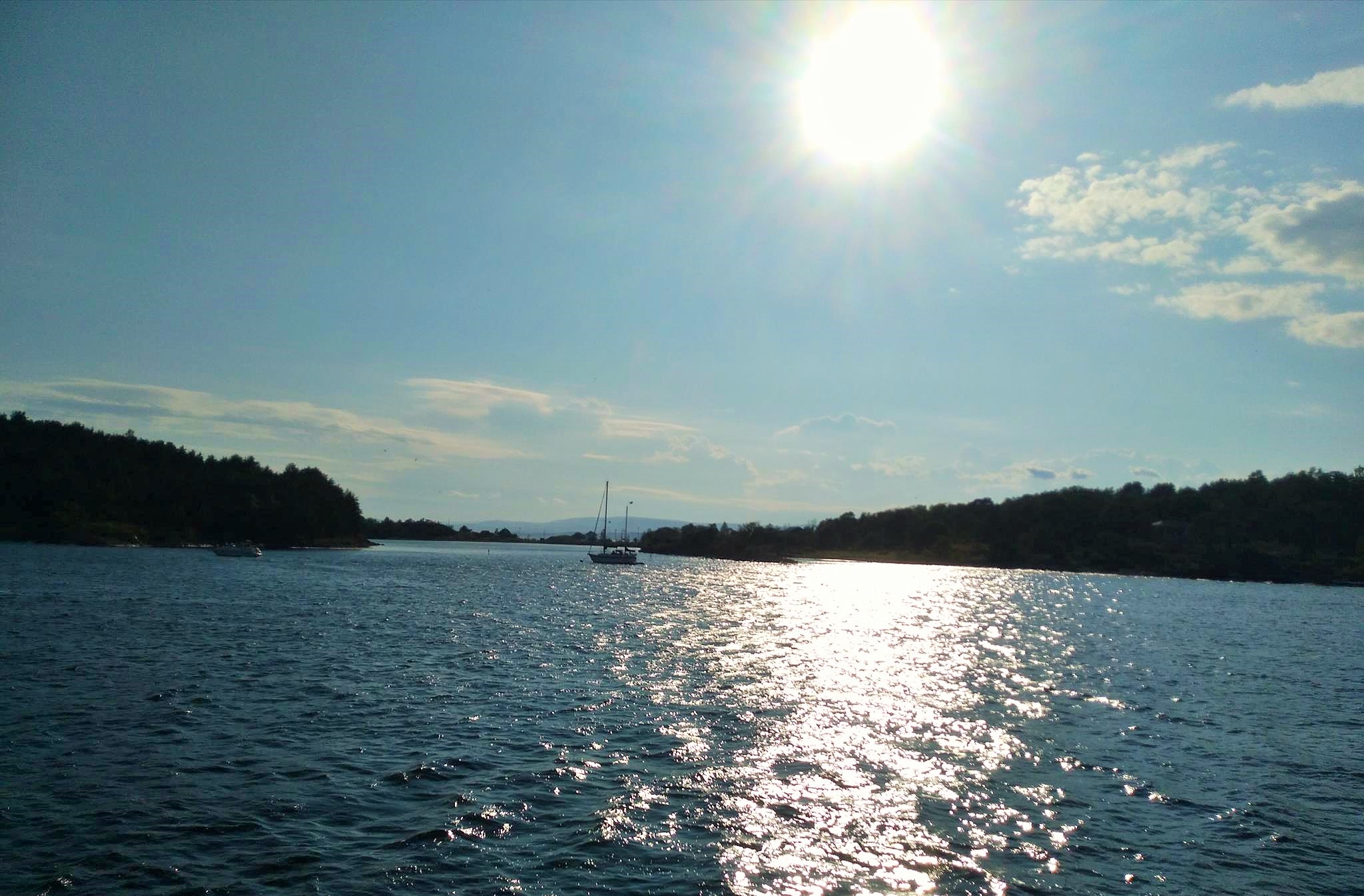
MORE ARTICLES ABOUT NORWAY
>>> Streetart Tøyen <<<
>>> Streetart Frogner <<<
>>> Streetart Bjørvika <<<
>>> Streetart Grønland <<<
>>> Bygdøy & Holmenkollen <<<
>>> Streetart Bodø <<<
>>> Streetart Flekkefjord <<<
>>> Streetart Gryllefjord <<<
